By Sara K. Sterner, Lisa Pinkerton, and Mary Ann CappielloCLA Expert Class 2023: Nodes of Literary Connection—How Culturally Diverse Imprints are Building Pathways for More Inclusive and Representative Children’s Literature | Saturday, November 18, 2023 from 5:45 PM - 7:00 PM EST (GCCC Room B-130-132)
In collaboration with Ellen Myrick, President and Chief Marketer, Publisher Spotlight, the 30th annual Expert Class will feature an impressive gathering of authors, illustrators, publishers, and organizations that are influencing the landscape of inclusive representation in children’s literature for readers and creators alike (Menefee & Johnson, 2021; Rosenberg, 2022). Recognizing a continued dearth of diverse books for young readers, especially those written by diverse creators, the demand for more authentic representation in children’s publishing remains an issue (Menefee & Johnson, 2021). In response, small publishers and imprints are shifting the field—creating extended publishing pathways for inclusive books that serve as authentic nodes of literary connection for young readers. This Expert Class explores a movement in the publishing industry working to expand representation in children's literature that has been woefully lacking in the field. It is our goal that participating in the session will help individuals to build nodes of connection that expand or enhance their knowledge of diverse publishers and creators and the books that they publish. Additionally, participants will have opportunities to discover new books and publishers that center representation and highlight lived experiences that have been historically underrepresented and misrepresented in literature for young people. Importantly, the session has the potential to trailblaze new pathways for participants as they work to guide young readers to experience windows, mirrors, and sliding glass doors (Bishop, 1990) that flow out of these literary nodes of connection. This year’s class will provide a unique opportunity for participants to interact directly with publisher/creator teams during the session as they rotate between tables. The session is organized in conversational-style groupings organized around the following focal themes. At each table, speakers will share the focus, vision, and collaborative process that constitute their books and work. In addition to building connections and learning from the experts featured in our Expert Class this year, there will be incredible door prizes and take-aways from the session. Featured Authors
Featured Illustrators
International English Language Books: Featured Publisher
International Translated Books: Featured Publisher
North American Small Presses: Featured Publishers
Outstanding International Books/USBBY
References: Bishop, R. S. (1990, Summer). Mirrors, windows, and sliding glass doors. Perspectives: Choosing and Using Books for the Classroom, 6(3). Menefree, D. L. & Johnson, C.F. (2021). Diverse imprints and the classroom: How publishers are taking up the call to package and promote diverse literature for youth. The ALAN Review, 49(1), 85-89. Rosenberg, R. (2022, August 23). Read and learn: Culturally diverse children’s book publishers and imprints. BOOK RIOT. https://bookriot.com/diverse-childrens-book-publishers/ Sara K. Sterner, California State Polytechnic University, Humboldt, CLA Board Member and Expert Class Committee Co-chair Lisa Pinkerton, The Ohio State University, CLA Board Member and Expert Class Committee Co-chair Mary Ann Cappiello, Lesley University, CLA Board Member and Expert Class Committee Co-chair By Bettie Parsons Barger and Jennifer M. GraffFor so many of us, books can feel like best friends, close family members, long-lost relatives, or trusted mentors. We gravitate toward them through our desire to connect or understand, to be inspired, or to experience a new or fresh perspective. As educators and literature advocates we also strive to help youths develop relationships with books, often relying on their curiosity about themselves and the unknown to help forge those connections.The United States Board of Books for Young People’s Outstanding International Books (OIB) lists are excellent resources for such pursuits. Shared in previous CLA Blog posts, each OIB list highlights 40-42 international books that are available in the United States. In 2021, the OIB committee read over 530 books prior to selecting the 42 titles for the 2022 list. These titles represent outstanding literature from 24 different countries and 2 indigenous territories in Canada.
As we look at the past three years of OIB lists, we recognize how our current realities are reflected in the committees’ selections. Julie Flett’s (2021) We All Play/ Kimêtawânaw illustrates humans’ innate connection to nature and the joyous experiences of playing outdoors, as the current pandemic has encouraged. The Elevator (Frankel, 2020) speaks to the power of humorous storytelling to unite strangers who unexpectedly find themselves in close quarters. The current Ukrainian-Russian tensions mirror the conflict in How War Changed Rondo (2021). Silvia Vecchini’s (2019) graphic novel, The Red Zone: An Earthquake Story, and Heather Smith’s (2019) picturebook, The Phone Booth in Mr. Hirota’s Garden, are stirring testimonies about ongoing global natural disasters, such as the recent volcano eruption and subsequent earthquake and tsunami that have devastated the Pacific nation of Tonga. Partnering the beliefs that books including hostile and traumatic events “can provoke reflection and inspire dialogue that sensitizes readers . . .” (Raabe, 2016, p.58) and that “stories are important bridging stones; they can bring people closer together, connect them, and help overcome alienation” (Raabe & von Merveldt, 2018, p.64), we created a sampling of five text sets that can be readily used in K-12 classrooms. A Sampling of Outstanding International Books Text Sets (2020-2022)
(Book covers are organized by younger-to-older audience gradation.) Wars and Revolutions
(civil, border, global, & cultural) Human Resilience
(civil, border, global, & cultural) Telling Stories and Sharing Memories
(personal, biographical, cultural, geographical, historical, traditional, philosophical, intergenerational, visual, epistolary) Connecting with Nature
(accentuating humans’ relationships with the natural world) Creative Outlets
(Playful approaches to familiar topics, how play and curiosity can foster connections and community, and the role of imagination in creating new possibilities and realities, benefits of unexpected journeys)
Featuring over 100 OIB books from the 2020-2022 lists, including all of the 2022 books, these text sets are intentionally broad in scope and varied in format to enable numerous groupings or pairings. Here are a couple of possible groupings. Creative Outlets
Wars and Revolutions
We hope these possible text sets and sub-groupings serve as a springboard for additional text sets that center international stories in our academic and personal lives and help us not only better understand the past but also negotiate the present to help build a more informed, inclusive, and joyous future. For more information about OIB books and USBBY, please join us in Nashville, Tennessee, March 4-6, 2022 for USBBY’s Regional Conference. References Rabbe, C. (2016). “Hello, dear enemy! Picture books for peace and humanity.” Bookbird: A Journal of Children’s LIterature, 54(4), 57-61. Rabbe, C. & von Merveldt, N. (2018). “Welcome to the new home country Germany: Intercultural projects of the International Youth Library with refugee children and young adults.” Bookbird: A Journal of Children’s LIterature, 56(3), 61-65. Bettie Parsons Barger is an Associate Professor in the Department of Education Core at Winthrop University and has been a CLA Member for 10+ years. Jennifer M. Graff is an Associate Professor in the Department of Language and Literacy Education at the University of Georgia, is a former CLA President and Member for 15+ years. BY JENNIFER M. GRAFF AND BETTIE PARSONS BARGER “The stories you read can transform you. They can help you imagine beyond yourself. When you read a great story you leave home. We leave home to find home.”
(Rochman & McCampbell, 1997, p. vii) The COVID-19 Pandemic has significantly shifted global travel to “zooming” from digital screen to digital screen and surfing online streaming services. For those fatigued by such excursions, international children’s books can offer exciting and thought-provoking adventures of the heart, mind, spirit, and global consciousness. Readers can enter fantastic worlds, hear previously unheard voices and perspectives, learn more about scientific worlds and cultural communities, and become immersed in emotional episodes that speak to senses of humanity and belonging in books published on multiple continents. The United States Board on Books for Young People (USBBY)’s annual Outstanding International Books (OIB) list is a great go-to guide for such literary experiences. As mentioned in Wendy Stephens’ overview of youth literature awards and described by USBBY President, Evie Freeman, the OIB list provides readers of all ages--especially educators and readers in grades PreK-12--a collection of 40-42 books originally published outside of the United States (U.S.) that are now available in the U.S. These books, selected by a committee of teachers, librarians, children’s literature and literacy education teacher educators and scholars, connect us to noteworthy international authors and illustrators who seek to entertain, inform, challenge, delight, stimulate, and unite people through story.
Engaging with the 2021 OIB List: A Geographical Map and Themed Text Sets 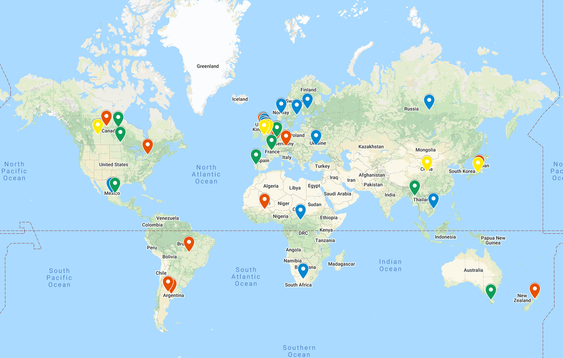 Even with the grade-level band organization of the OIB list, selecting which books to read might feel daunting. Two ways to help facilitate book selections are the Interactive Google Map and thematic text sets. Each OIB list has its own interactive Google Map, illustrating the international communities represented by the selected books. Using the color-coded pins on the world map or the left sidebar, select a book to zoom in on its location. Additional uses of the maps include critical analyses and discussions about dominant/absent voices, cultural representations, and equity on a global scale. The 2021 OIB books also fit within text sets conducive to interdisciplinary and socioemotional learning as well as differentiated instruction. The table below includes the 35 OIB titles identified for PreK-8 grades organized into five themes. While each book is mentioned once, many could fit into multiple themes. The variety of genres, formats, and cultural origins reminds us that storytelling and humanity have no borders and amplifies the connections and intersections of self and society. Visit the USBBY OIB website or the February issue of the School Library Journal for all of the book annotations.
References Rochman, H., & McCampbell, D. Z. (1997). Leaving home. HarperCollins Children’s Literature References The OIB 2021 Bookmark has bibliographic information for the aforementioned books. Jennifer M. Graff is an Associate Professor in the Department of Language and Literacy Education at the University of Georgia, is a former CLA President and has been a CLA Member for 15+ years. Bettie Parsons Barger is an Associate Professor in the Department of Curriculum and Pedagogy at Winthrop University and has been a CLA Member for 10+ years. BY WENDY STEPHENS In addition to the ALSC awards described in the previous post, the Young Adult Library Association (YALSA) also designates award-winning and honor books for adolescent literature. Among the best-known awards for adolescent literature is the Michael L. Printz Award for Excellence in Young Adult Literature, administered by YALSA. However, there are many other opportunities to learn about exceptional literature for teens. The life and legacy of Margaret A. Edwards are honored through two award designations:
A shortlist of finalists for two of YALSA's flagship awards -- the YALSA Excellence in Nonfiction for Young Adults Award, honoring the best nonfiction books for teens and the William C. Morris Award, which honors a debut book written for young adults by a previously unpublished author, are announced in December, with the winner of each being part of the press conference.
In addition to designating award books, YALSA also compiles book list resources that can aid librarians and teachers in selecting books that appeal to young adults. A decade ago, YALSA moved four of its lists onto The Hub, its literature blog platform, so that youth services librarians involved in collection development could benefit from more real-time input. All four categories post throughout the year, leading to year-end lists reflecting that year's best titles. Those include:
Outside the Monday morning announcements, there are myriad other titles to explore. Among those, the United States Board on Books for Young People (USBBY) uses Midwinter to announce its Outstanding International Books (OIB) list showcasing international children's titles -- books published or distributed in the United States that originated or were first published in a country other than the U.S. -- that are deemed the most outstanding of those published during that year. RISE: A Feminist Book Project for ages 0-18, previously the Amelia Bloomer Project, is a committee of the Feminist Task Force of the Social Responsibilities Round Table (SRRT), that produces an annual annotated book list of well-written and well-illustrated books with significant feminist content for young readers. There are even genre fiction honors. For the past four years, the Core Excellence in Children’s and Young Adult Science Fiction Notable Lists designates notable children’s and young adult science fiction, organized into three age-appropriate categories, also announced at Midwinter. Next year, we will have another treat to look forward to when the Graphic Novel and Comics Round Table (GNCRT) inaugurates its Reading List. That's a lot of books! What are the can't-miss titles? I train my students to look for overlaps, like Candace Fleming winning this year for information text across age ranges. What does it indicate when the Sibert and YALSA's Nonfiction Award overlap? When a book is honored by both the Printz and YALSA Nonfiction? Though the in-person announcement is exhilarating, especially the view from the seats at the front of the auditorium reserved for committee members, the webcast approximates its energy and allows you to share with students in real-time. To make sure you catch all of the lists, follow the press releases from ALA News and on twitter. Until next January! Wendy Stephens is an Assistant Professor and the Library Media Program Chair at Jacksonville State University. BY WENDY STEPHENSEditorial Note: This post is the first in a 2-part series by Wendy Stephens discussing the rich landscape of book awards announced over the winter months. In this first post, Wendy focuses on ALSC awards and awards by ALA affiliates recognizing books for children or books for a wide spectrum of age groups. The second post, which will be published next week, will present awards for YA literature administered by YALSA, as well as several other notable awards. When we talk about budgeting for materials, I always advise my school librarian candidates to be sure to save some funding for January. No matter how good their ongoing collection development has been throughout the year, there are always some surprises when the American Library Association's Youth Media Awards (YMAs) roll around, and they'll want to be able to share the latest and best in children's literature with their readers. These are the books that will keep their collections up-to-date and relevant. From our own childhoods, we always remember the "books with the medals" -- particularly the John Newbery for the most outstanding contribution to children's literature and the Randolph Caldecott for the most distinguished American picture book for children. These books become must-buys and remain touchstones for young readers. In 2021, Newbery is celebrating its one hundredth year. Some past winners and honor books are very much a product of their time, and many of those once held in high esteem lack appeal today. For those of us working with children and with children's literature, the new books honored at Midwinter offer opportunities to revisit curriculum, update mentor texts, and build Lesesneian "reading ladders." Each award committee has its own particular award criteria and guidelines for eligibility, and its own process and confidentiality norms. Every year, the YMAs seems to be peppered with small surprises. Does New Kid winning the Newbery means graphic novels are finally canonical? Is Neil Gaiman an American? What about all the 2015 Caldecott honors, including the controversial That One Summer? Did the Newbery designation of The Last Stop on Market Street mean you can validate using picture books with older students? How does Cozbi A. Cabrera's much-honored art work resonate at this historical moment? In Horn Book and School Library Journal, Newbery, Caldecott and Printz contenders are tracked throughout the year in blogs like Someday My Printz Will Come, Heavy Medal, and Calling Caldecott. Other independent sites like Guessing Geisel, founded by Amy Seto Forrester are equally devoted to award prediction. Among librarians and readers, there are lots of armchair quarterbacks, and conducting mock Newbery and Caldecotts, either among groups of professionals or with children, have become almost a cottage industry. There are numerous how-tos on that subject, from reputable sources like The Nerdy Book Club and BookPage. But there are numerous other awards announced at ALA Midwinter almost simultaneously that deserve your attention, too. Among the Association for Library Services for Children (ALSC) awards are: the Robert F. Sibert Medal, the Mildred L. Batchelder Award, the Geisel Award, the Excellence in Early Learning Digital Media Award, and the Children's Literature Legacy Award.
Aside from the award winners, each year annual ALSC Children's Notable Lists are produced in categories for Notable Children's Recordings, Notable Children's Digital Media, and Notable Children's Books. If you want to see the machinations behind the designation, those discussions are open to the public this year via virtual meeting links. Outside of ALSC, many of ALA’s affiliates have their own honors for children's literature. These include the Ethnic and Multicultural Information Exchange Round Table (EMIERT) which sponsors the Coretta Scott King Book Awards; the Association of Jewish Libraries which sponsors the Sydney Taylor Book Awards; and REFORMA: The National Association to Promote Library and Information Services to Latinos and the Spanish-Speaking which sponsors the Pura Belpré awards. In addition to these affiliates, others such as the Asian/Pacific American Librarian Association and the American Indian Library Association also present awards. The awards are always evolving to reflect the abundance of literature available for young people. Like the Association of Jewish Libraries and the Asian/Pacific American Librarian Association awards, the American Indian Youth Literature Awards were first added to the televised YMA event in 2018. And this year was the first year for inclusion for a new Young Adult category for the Pura Belpré. Two awards of particular significance are the Stonewall Book Award – Mike Morgan and Larry Romans Children’s and Young Adult Literature Awards are given annually to English-language works found to be of exceptional merit for children or teens relating to the gay, lesbian, bisexual and transgender experience, and the Schneider Family Book Awards, honoring authors or illustrators for the artistic expression of the disability experience for child and adolescent audiences, with recipients in three categories: younger children, middle grades, and teens.
Wendy Stephens is an Assistant Professor and the Library Media Program Chair at Jacksonville State University. BY EVELYN B. FREEMAN
International books open the world to your students. During this time when children everywhere are experiencing the global pandemic, sharing and experiencing stories across cultures help guide young readers towards realizing the similarities that unite us while recognizing and valuing our unique differences.
Deanna Day-Wiff, a member of the 2020 OIB Committee, who teaches at Washington State University-Vancouver Campus, has shared books with her teacher education students. Deanna describes examples of how she used two of the books from the 2020 list.
Deanna writes:
USBBY is an organization devoted to building bridges of international understanding through children’s and young adult books. It serves as the U.S. national section of the International Board on Books for Young People, with headquarters in Basel, Switzerland. The National Council of Teachers of English is a patron organization of USBBY and appoints two NCTE members, who are usually active members of CLA, to the USBBY Board. To learn more about the organizition, visit USBBY's website. Evelyn B. Freeman is Professor Emerita at The Ohio State University and a former CLA President. |
Authors:
|
CLA
About CLA
|
Journal of Children's Literature
Write for JCL
|
ResourcesCLA-sponsored NCTE Position Statements
|
Members-Only Content
CLA Video Library
|
© COPYRIGHT 2018.
ALL RIGHTS RESERVED |

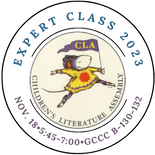
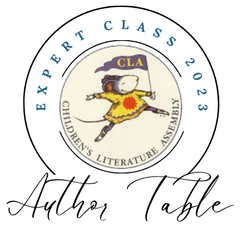
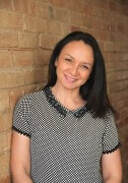
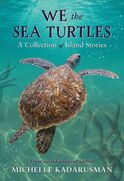

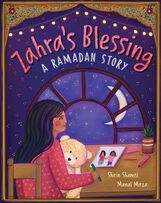
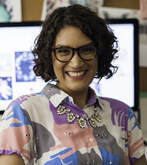
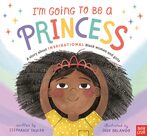

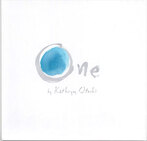
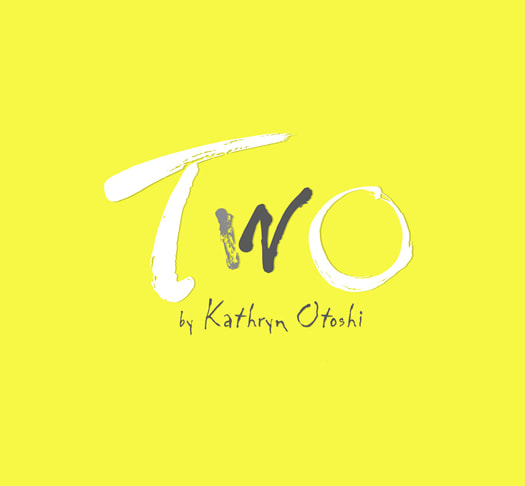
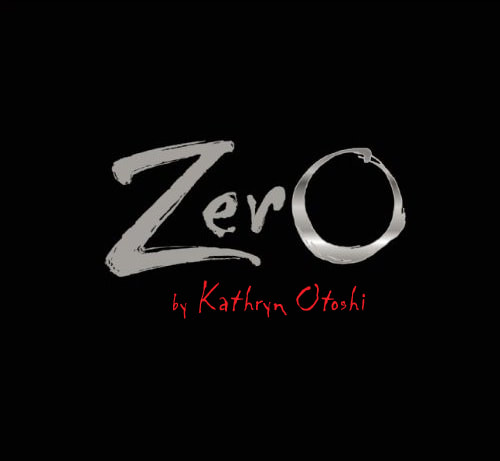
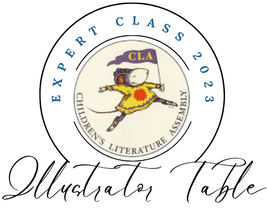
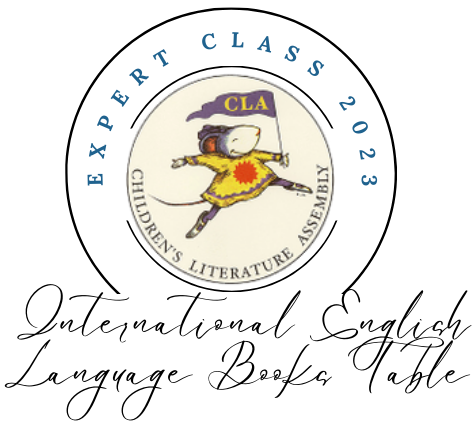
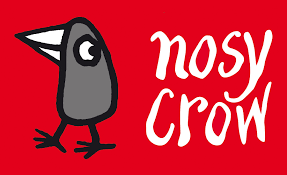

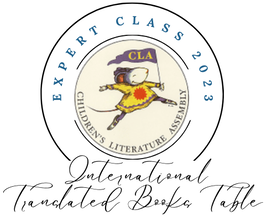
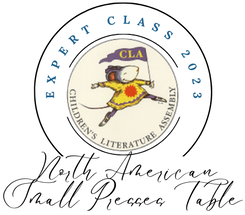

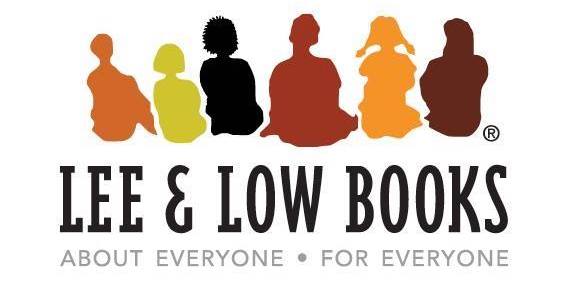

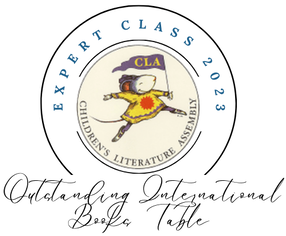
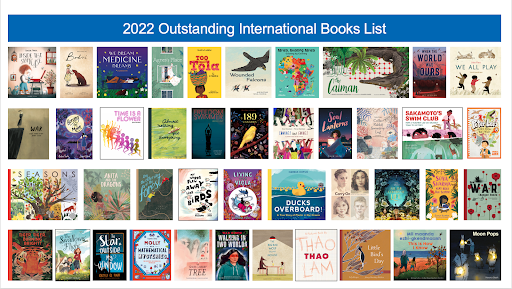
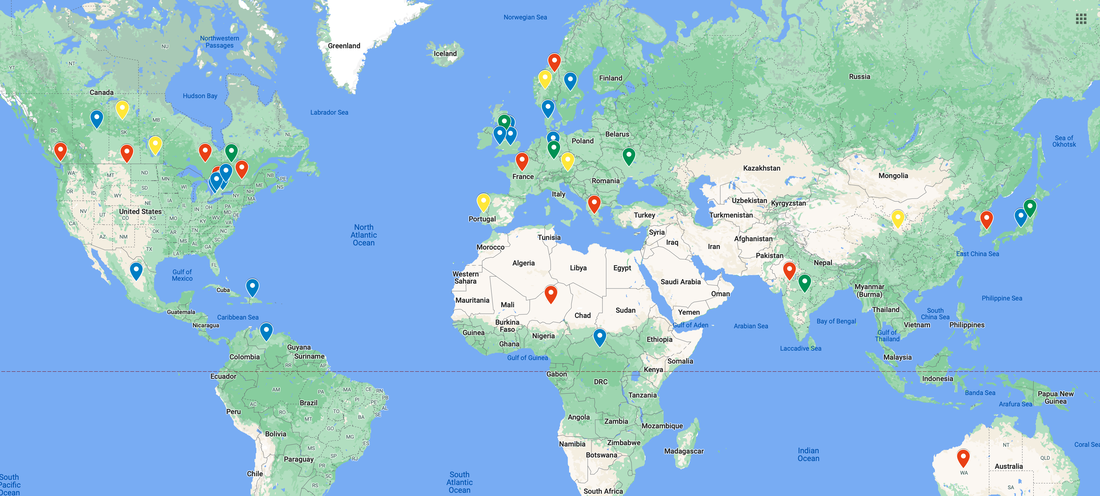
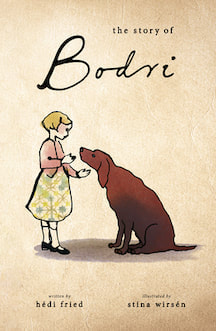
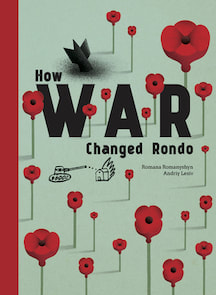
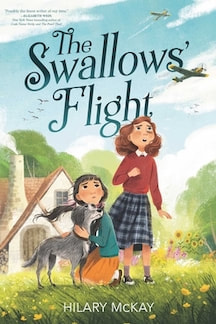
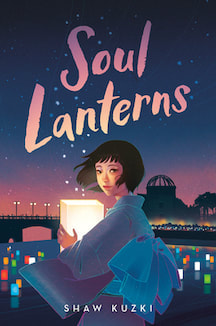
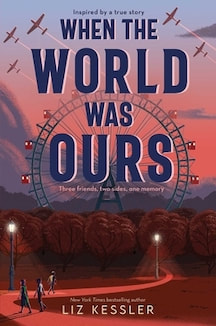
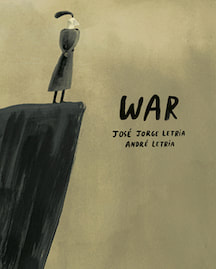
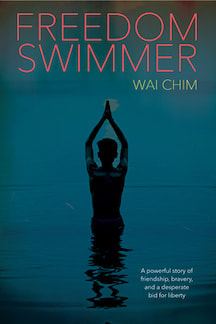
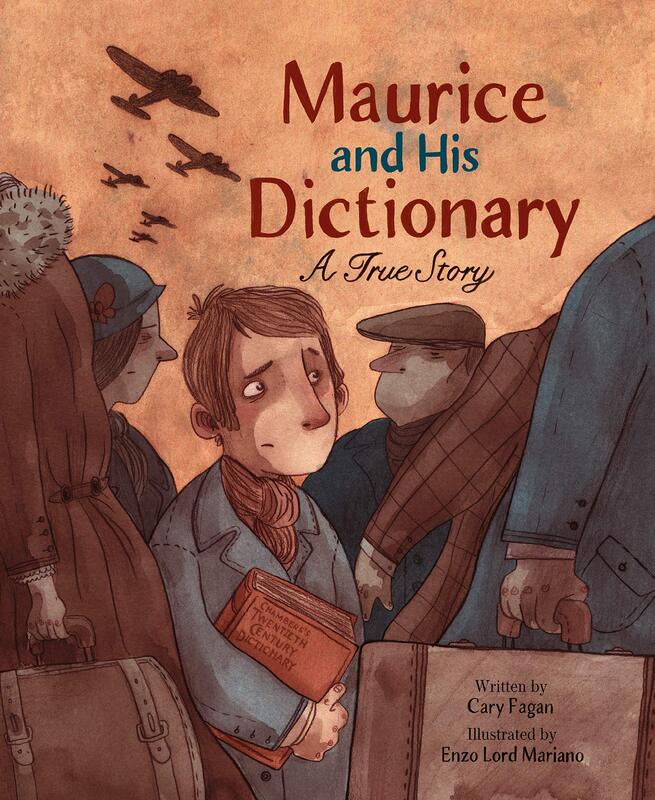
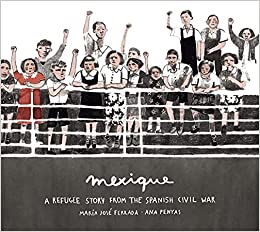
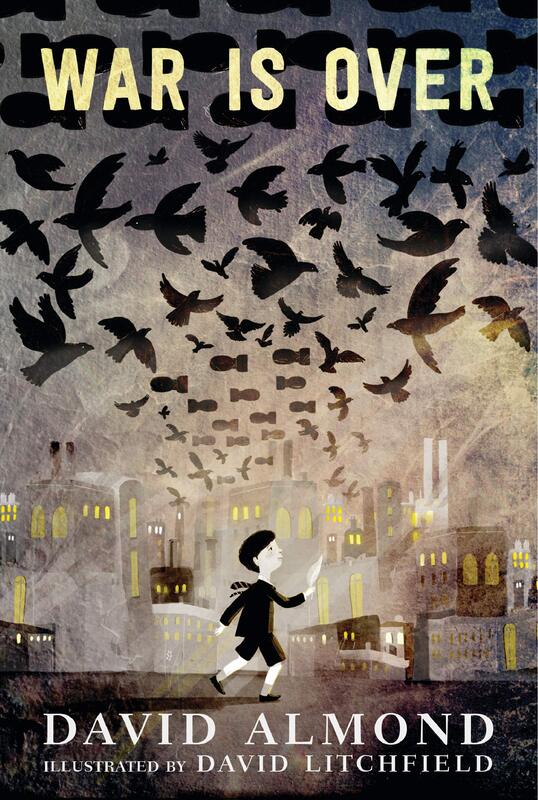
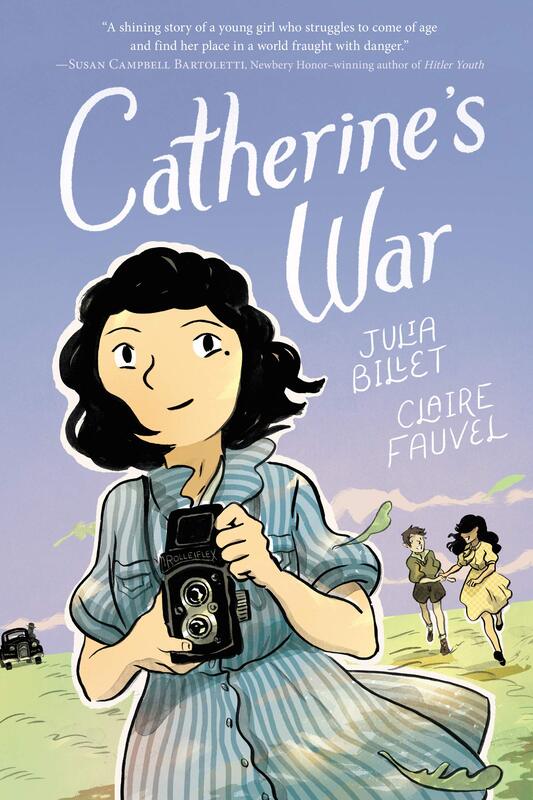
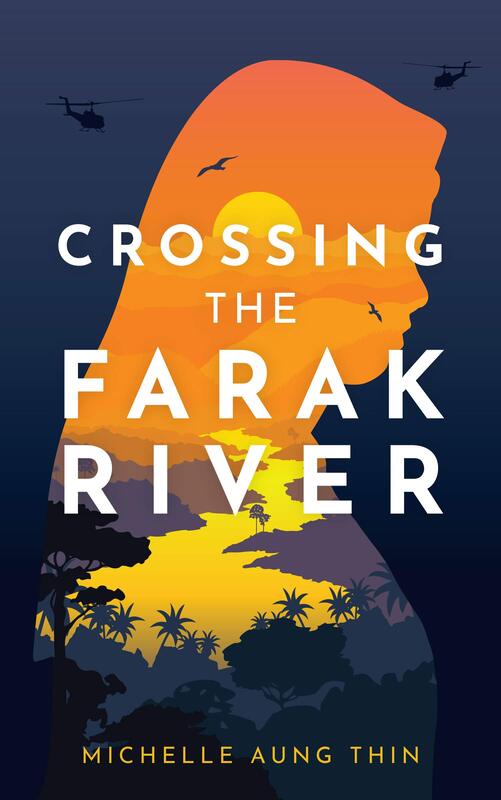
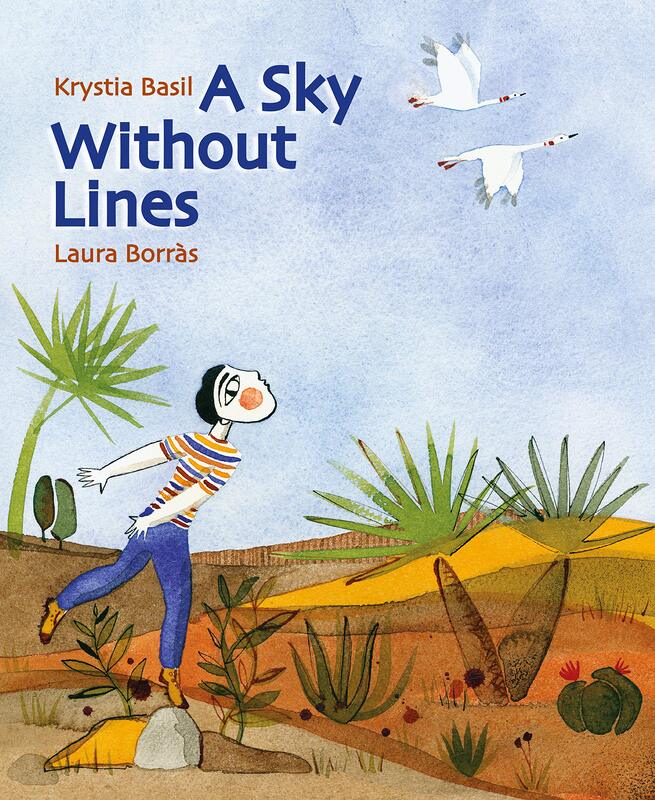
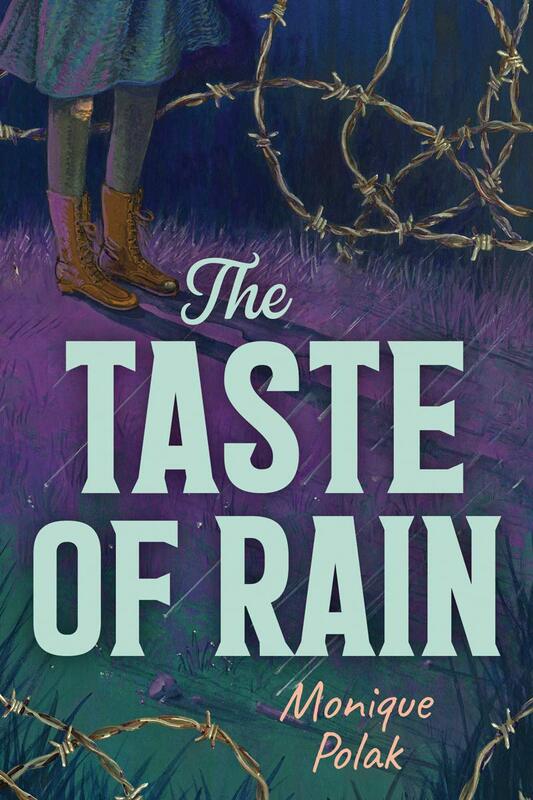
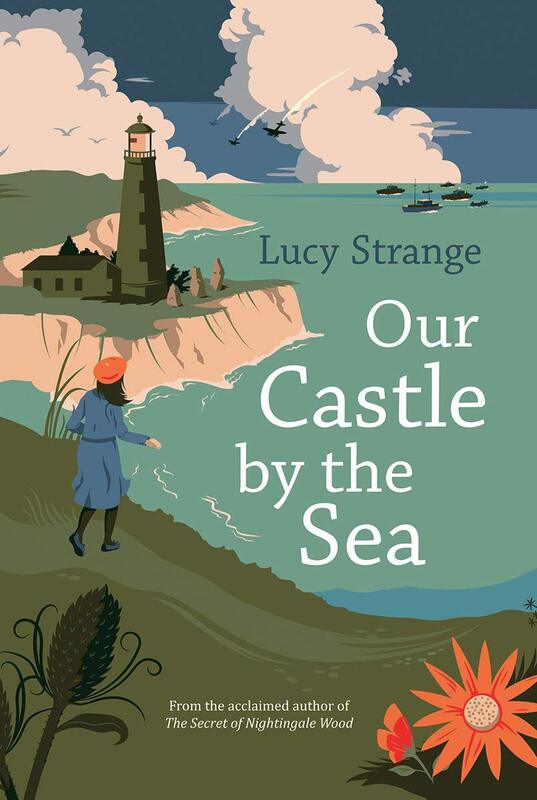
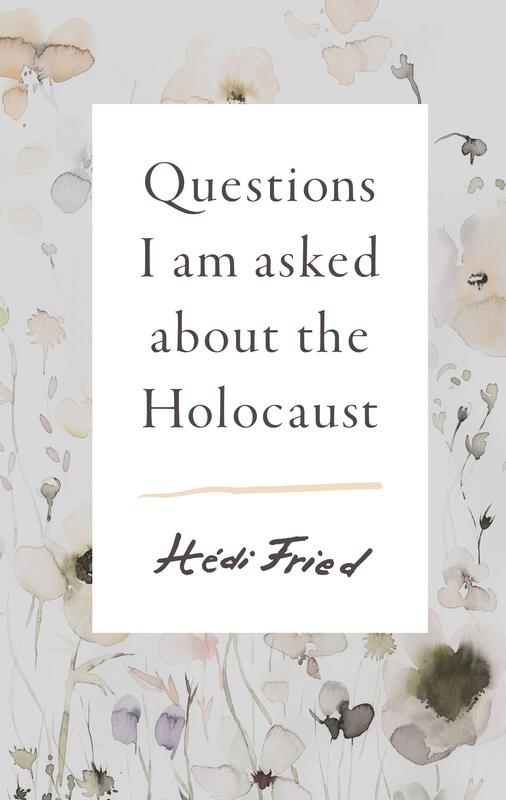
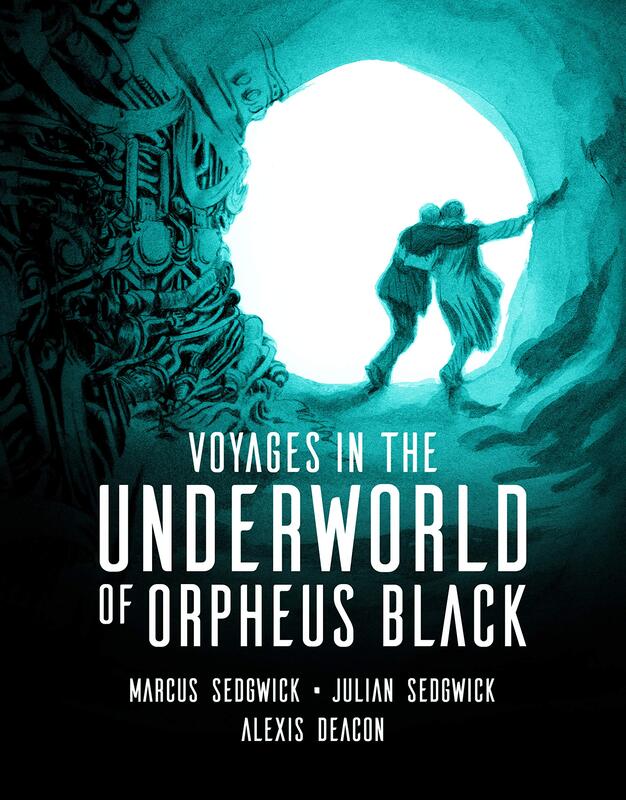
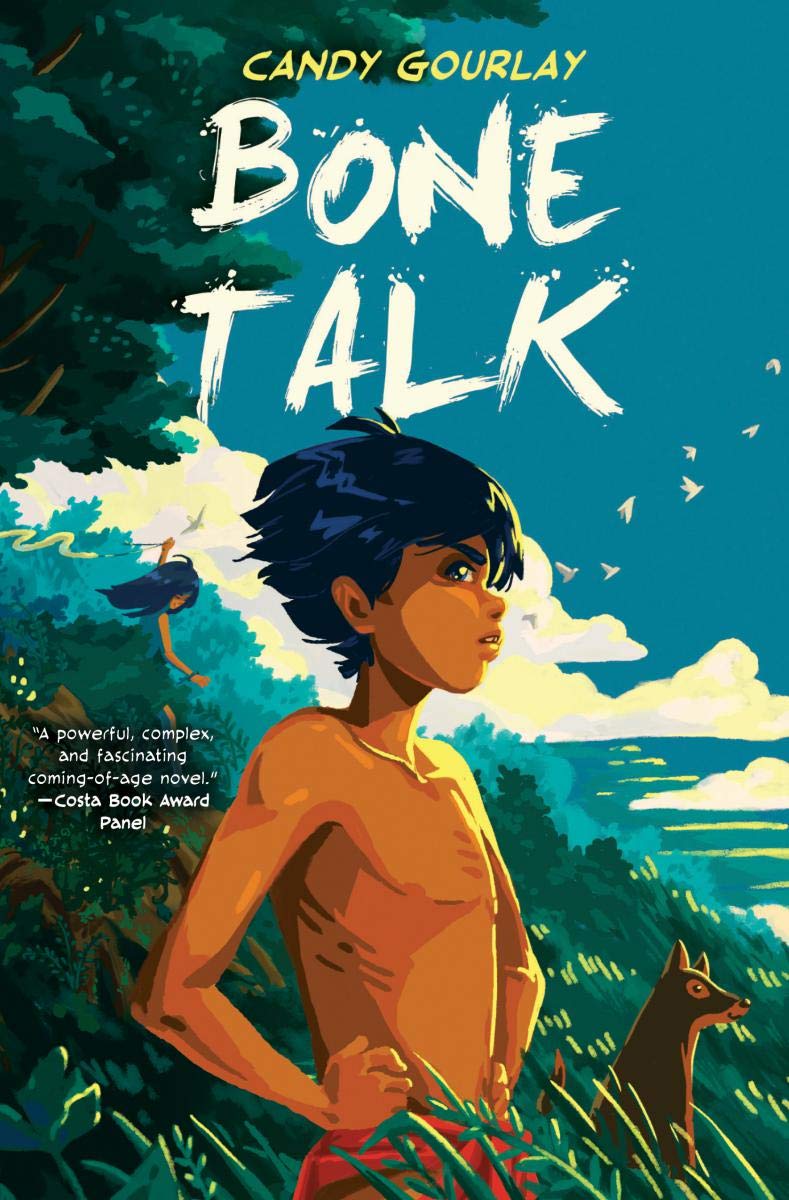
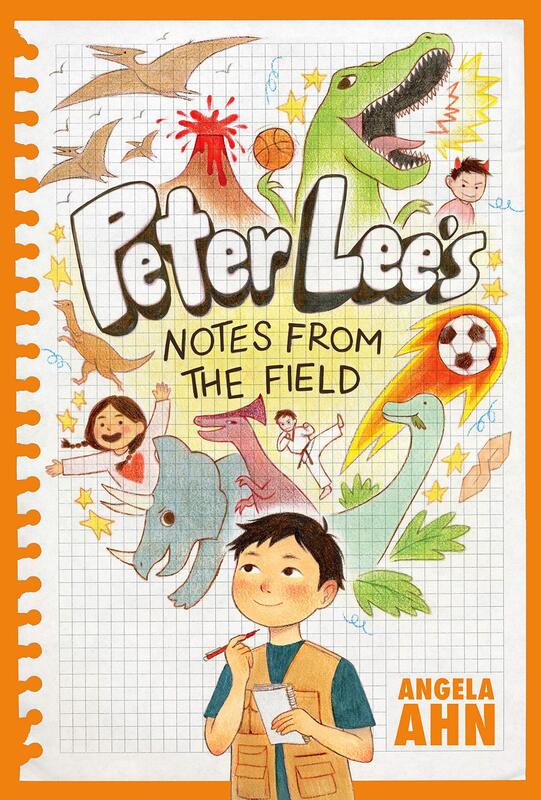
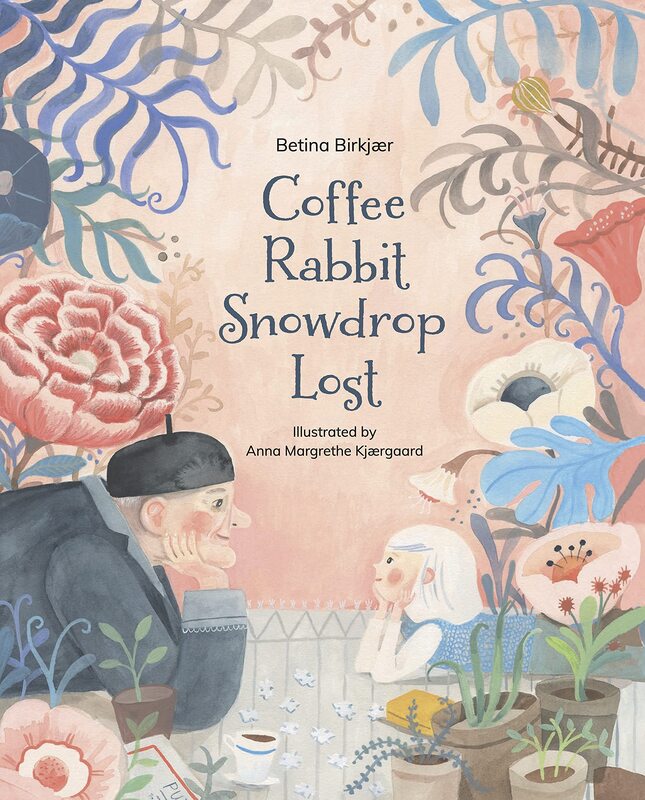
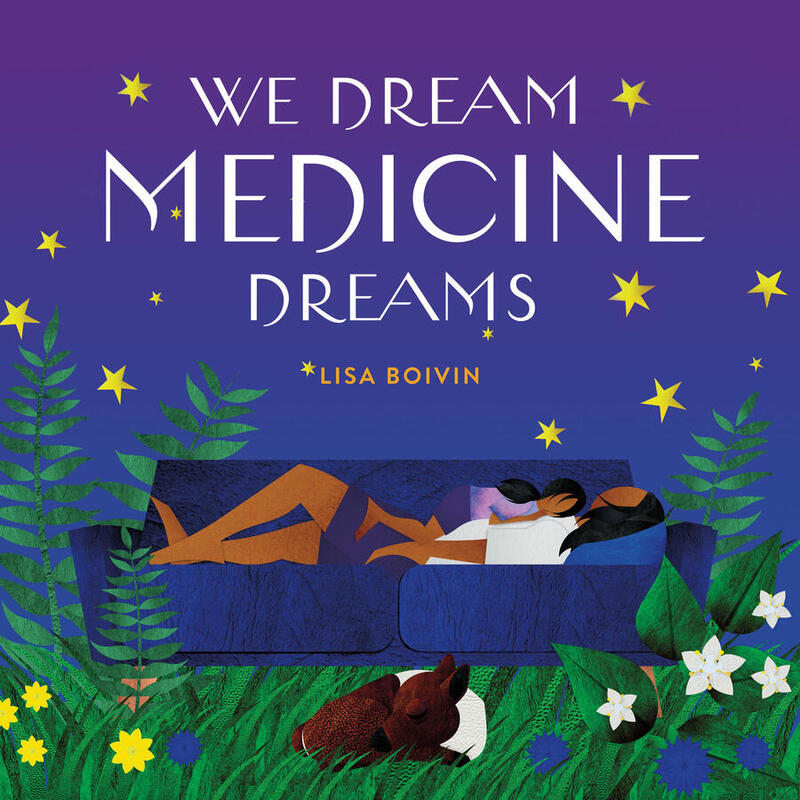
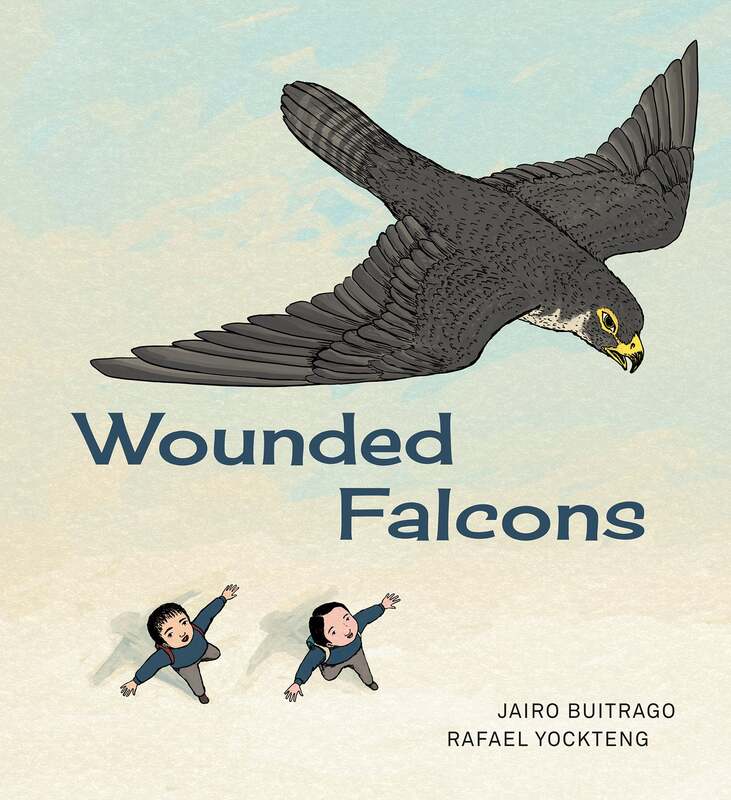
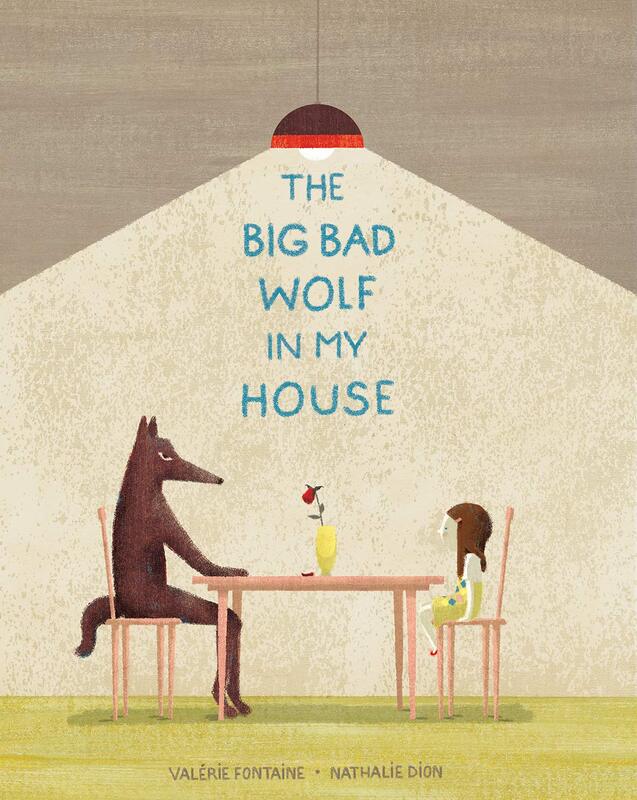
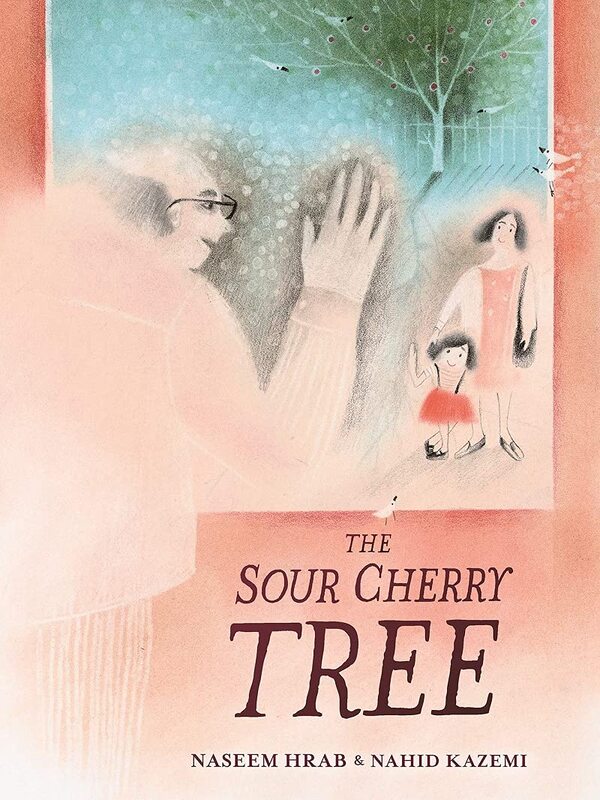
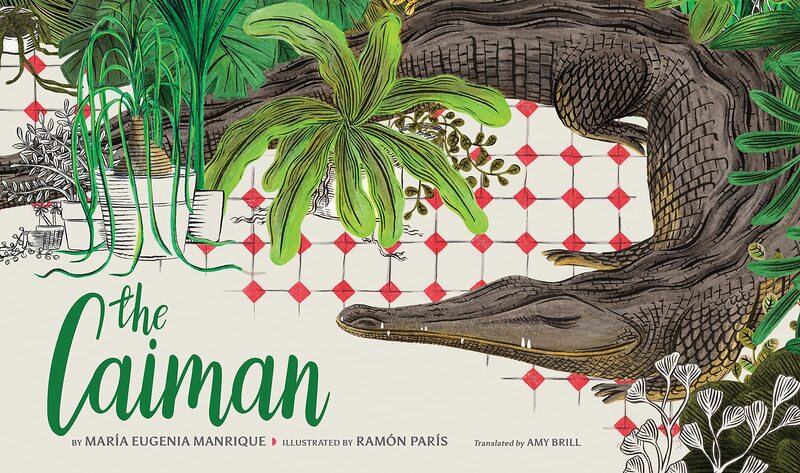
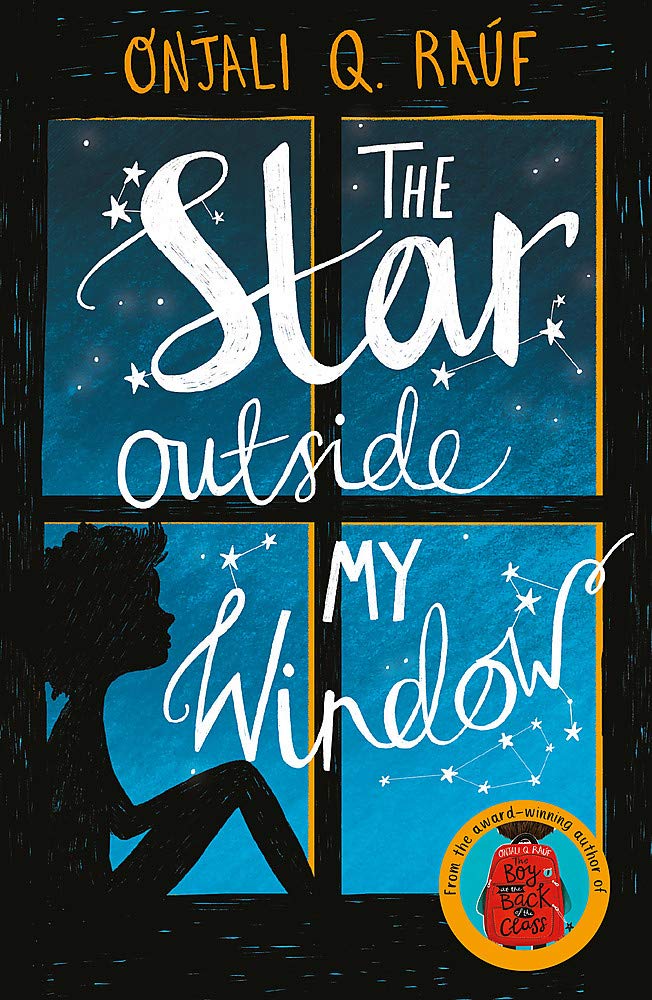
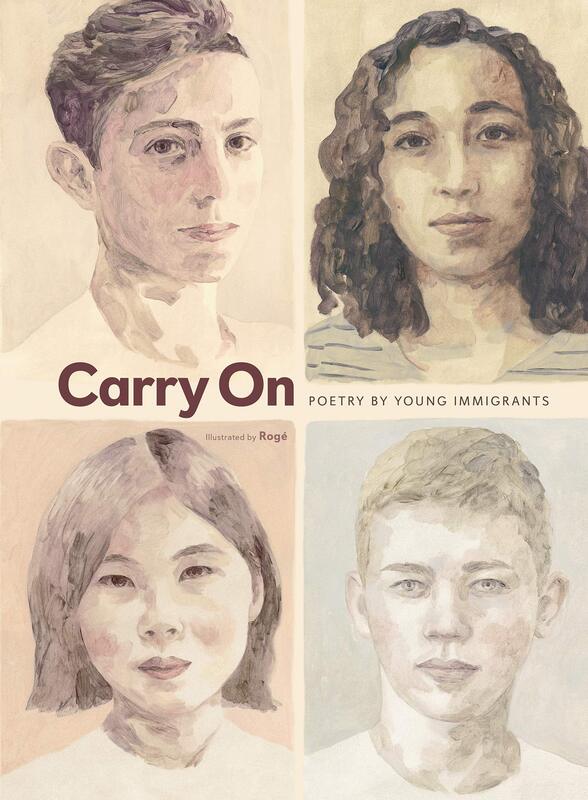
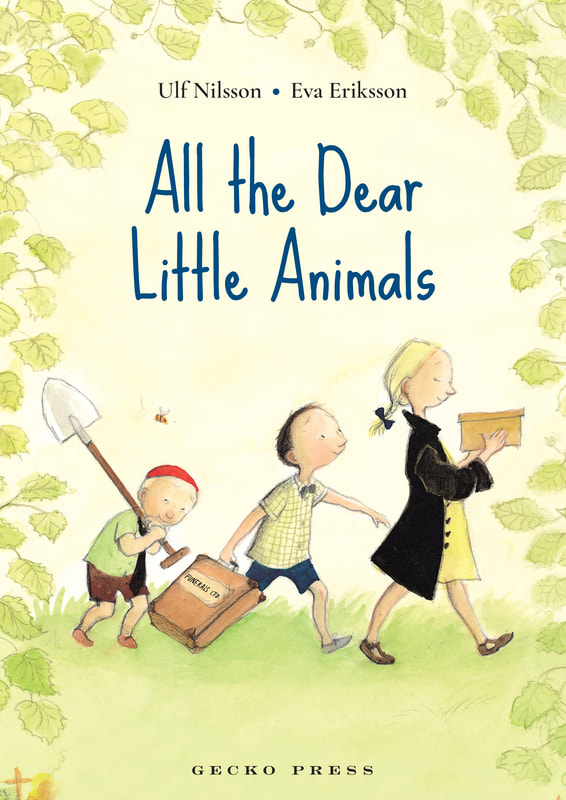
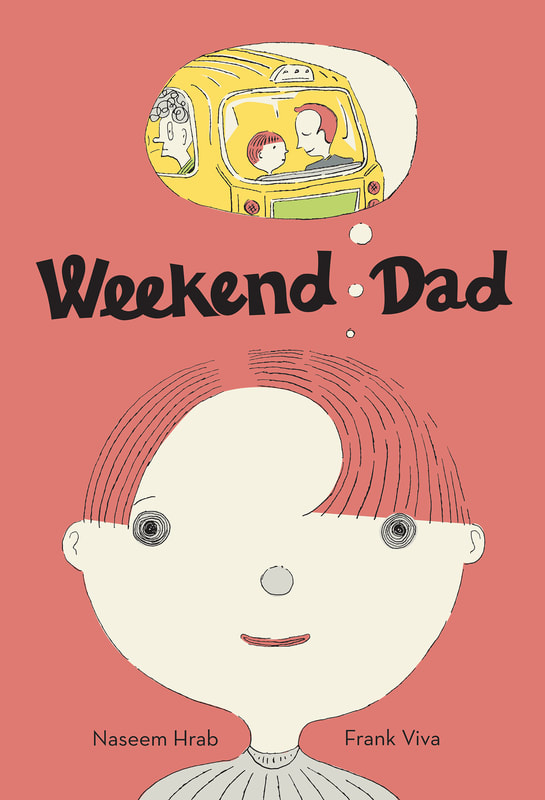
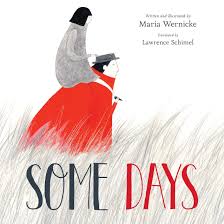
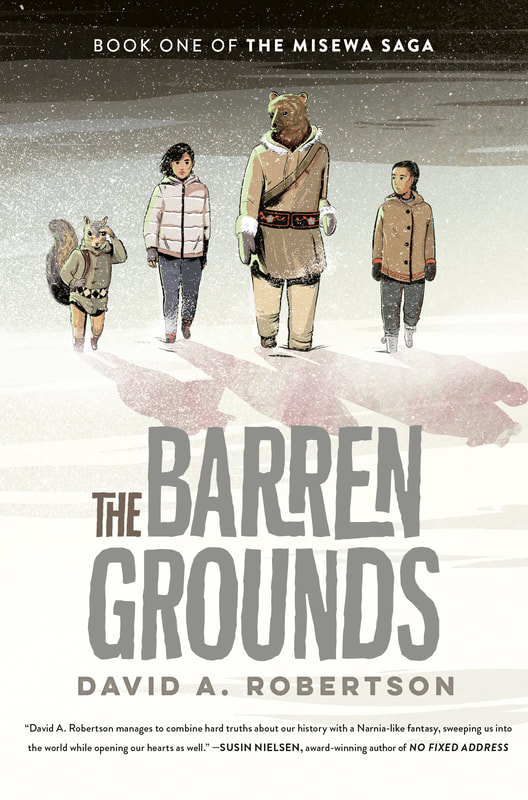
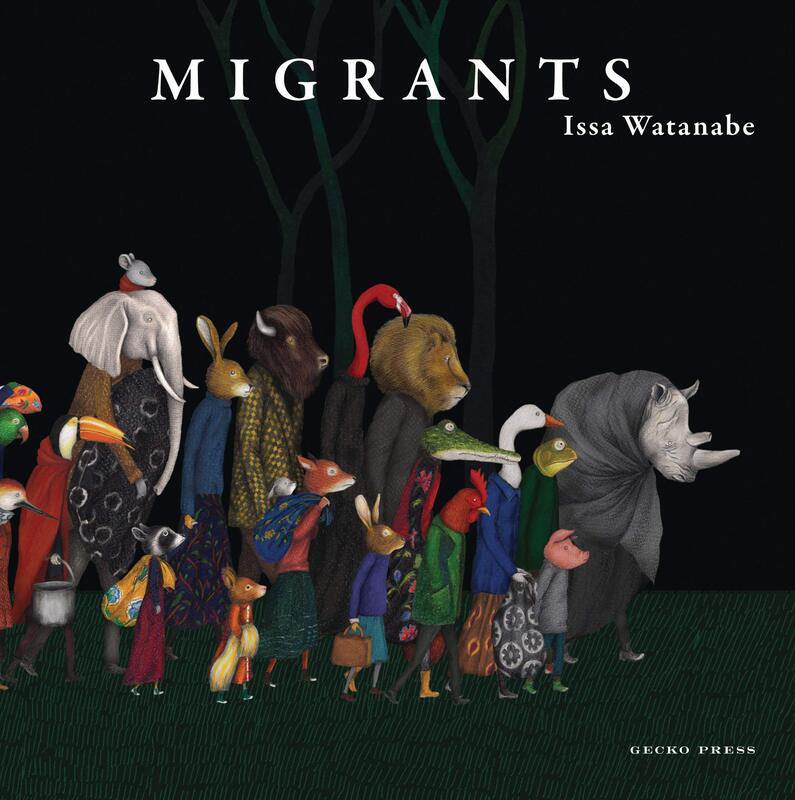
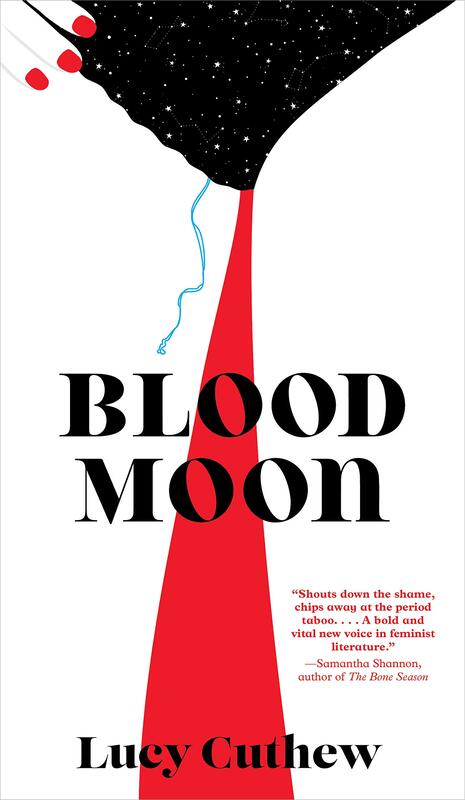
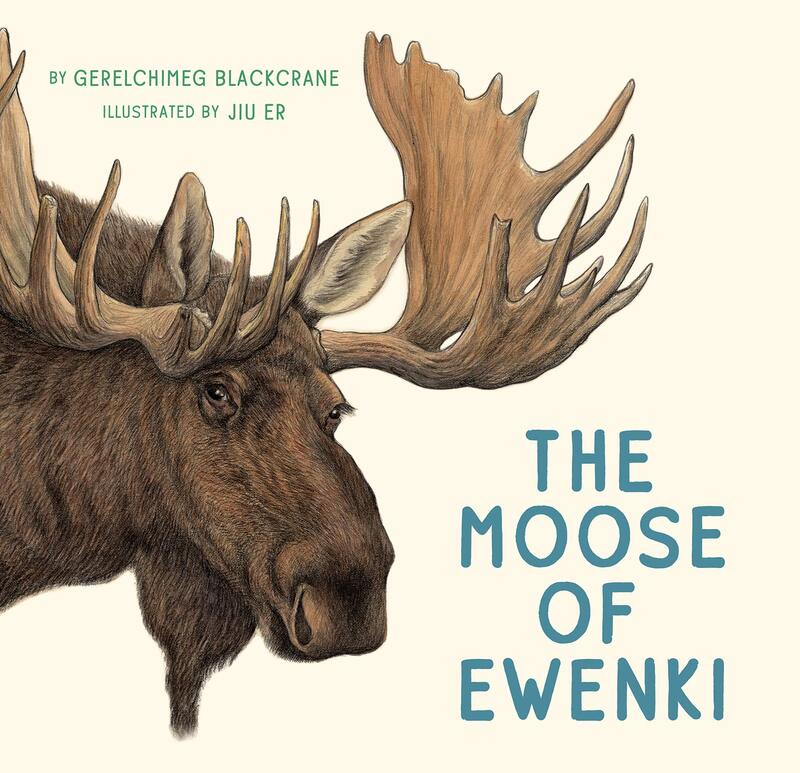
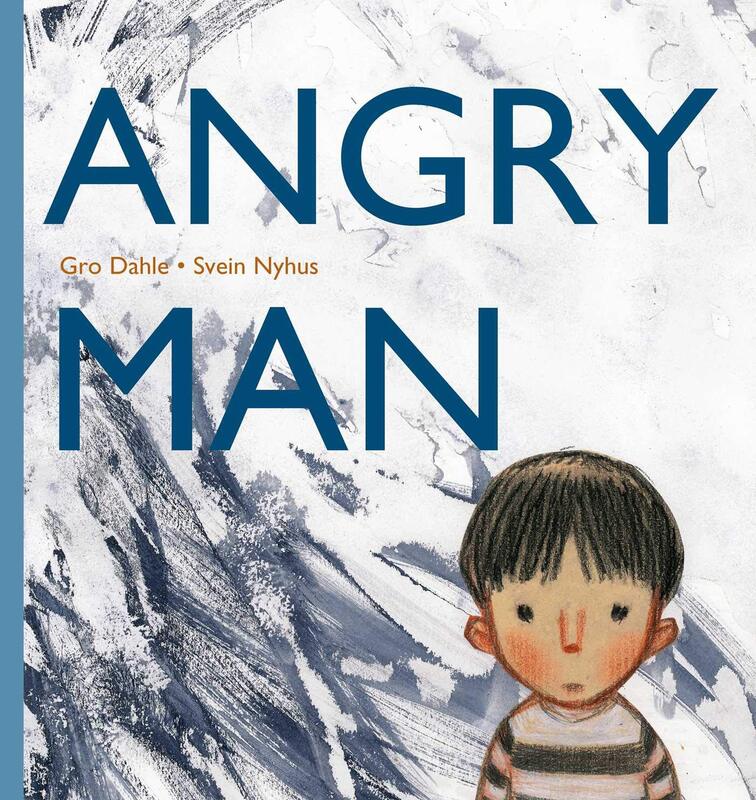
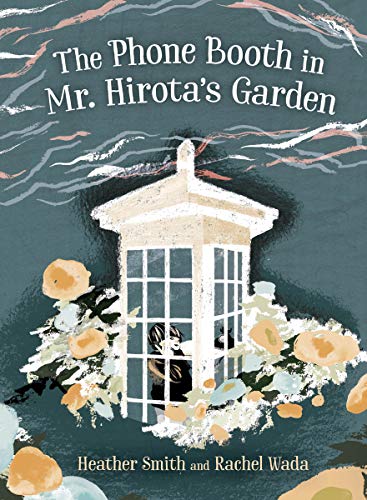
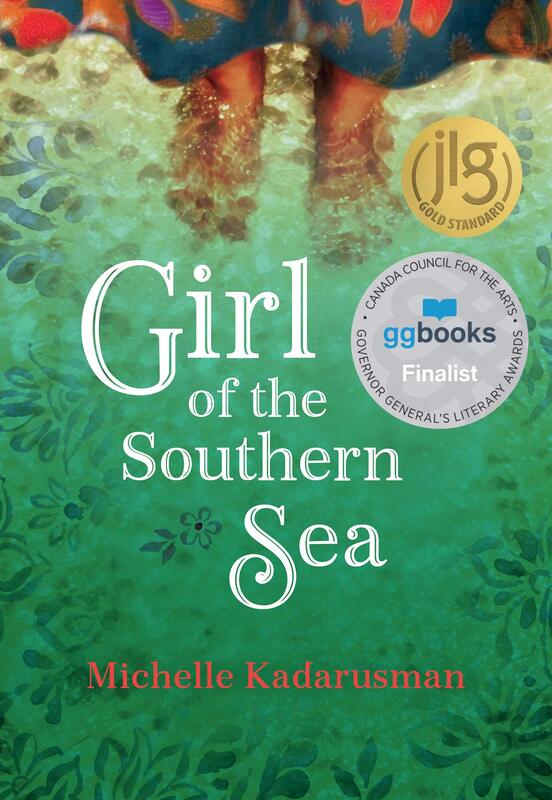
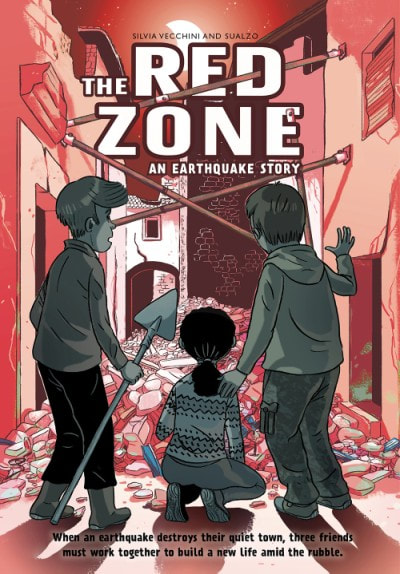
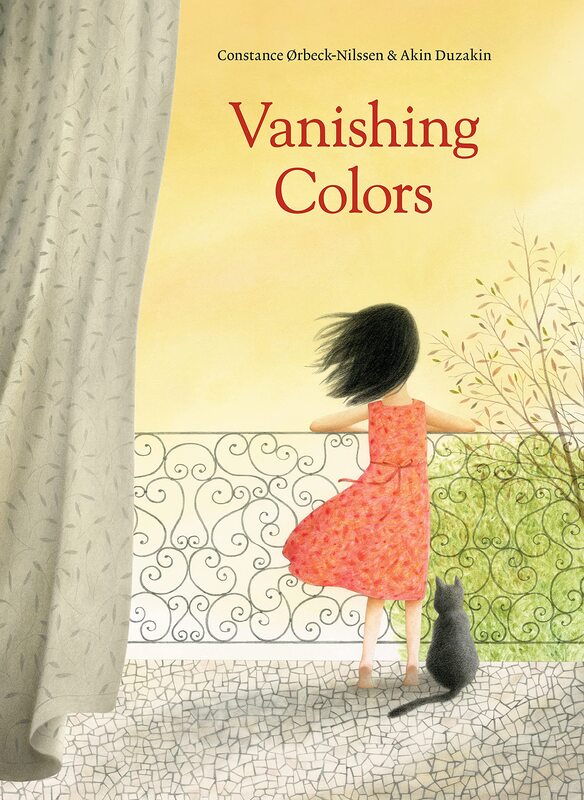
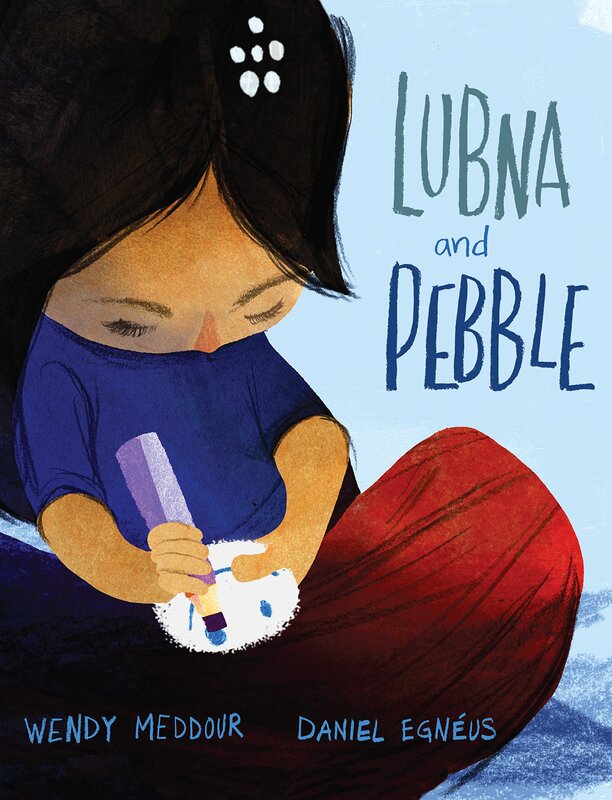
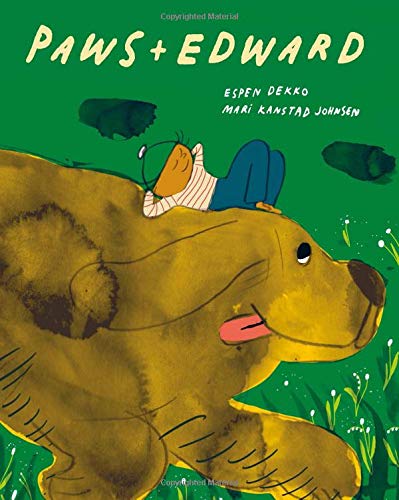
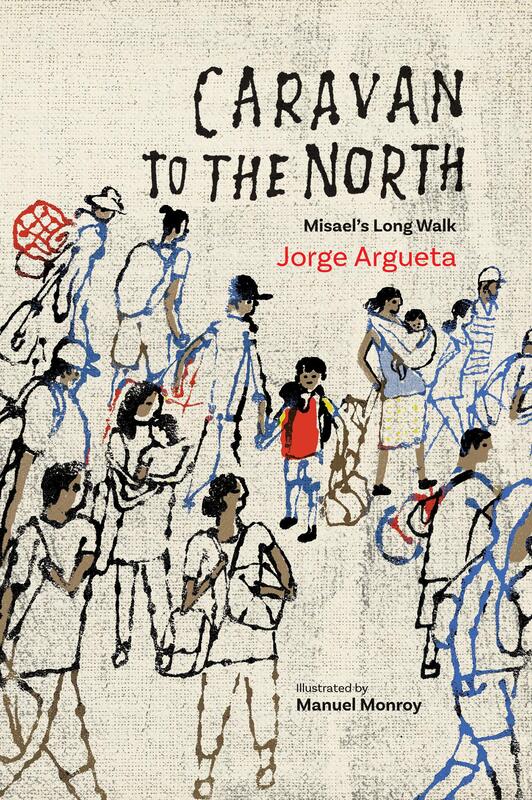
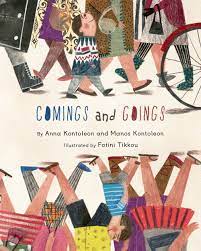
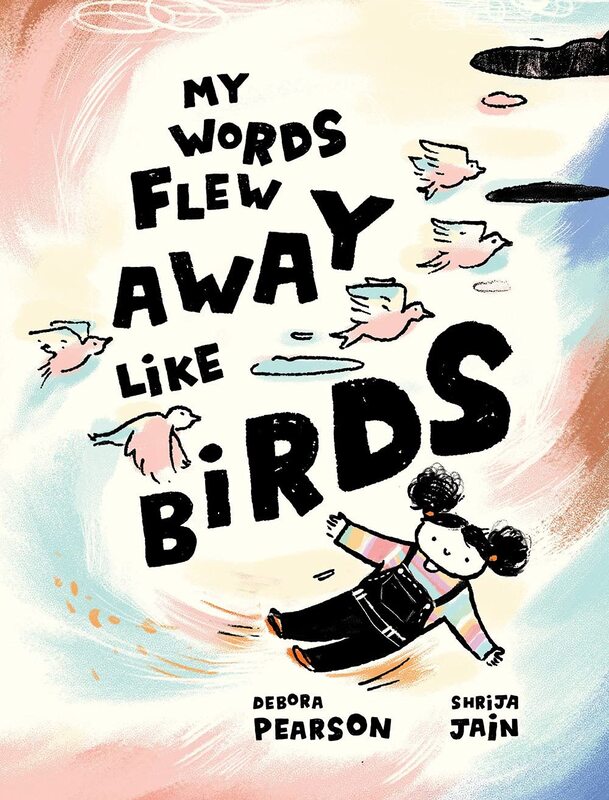
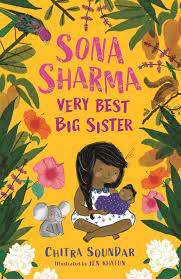
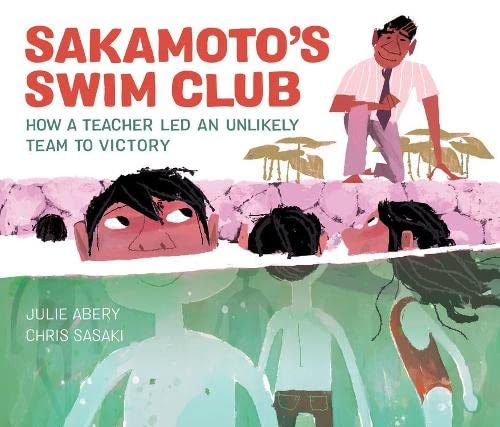
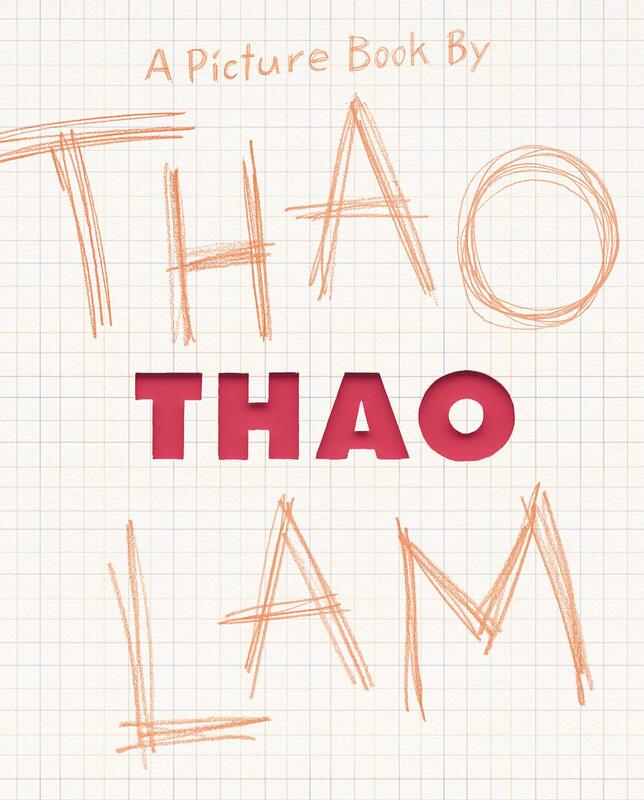
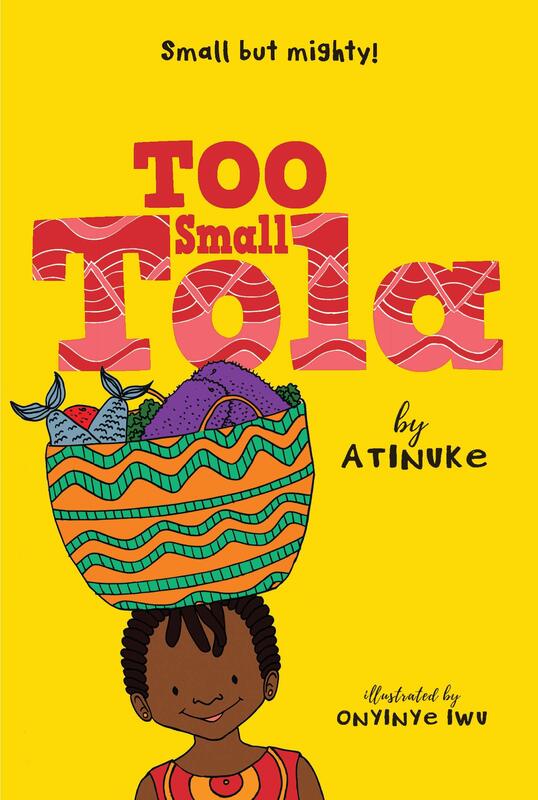
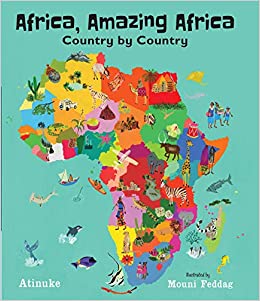
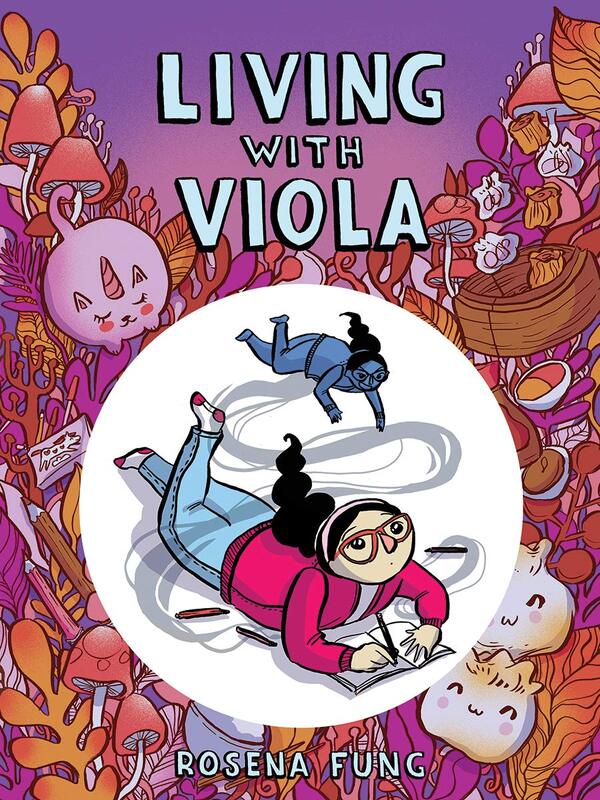
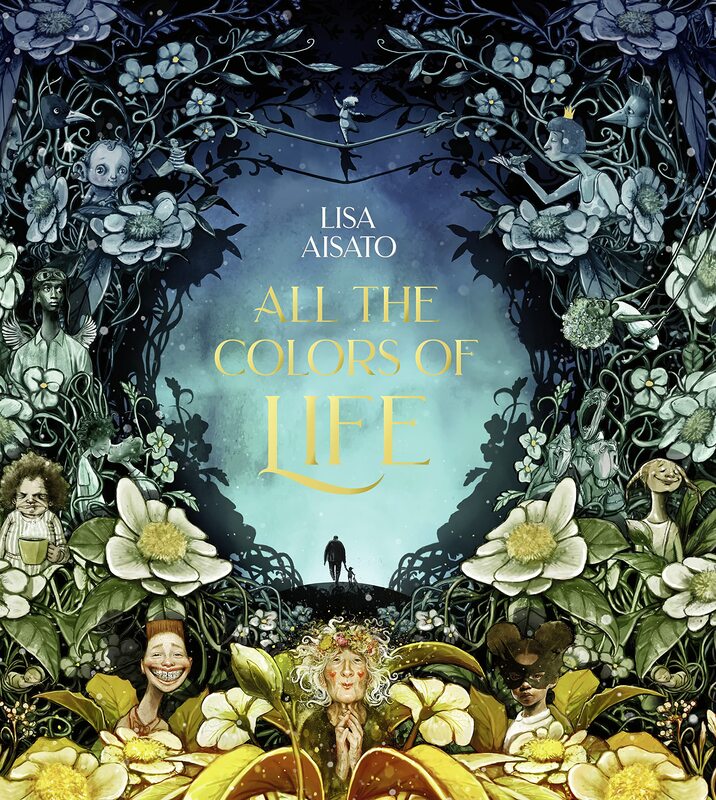
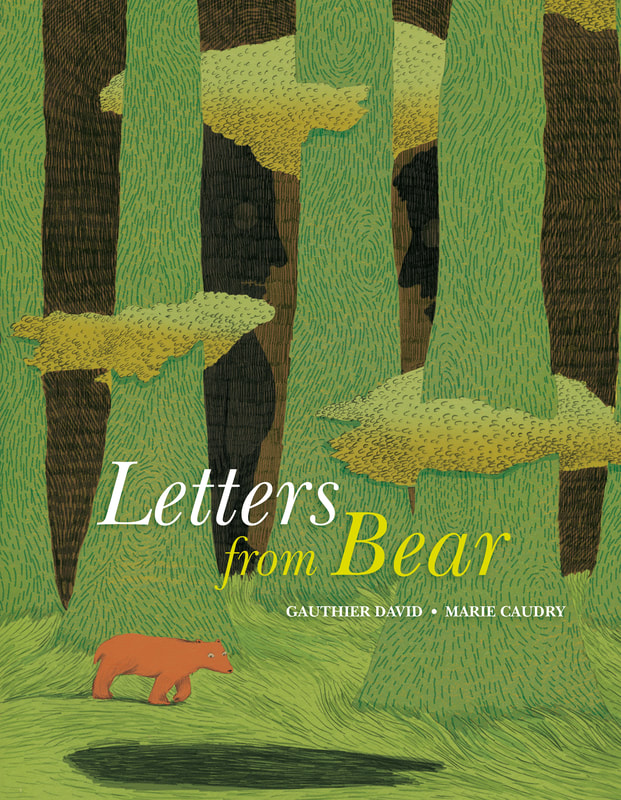
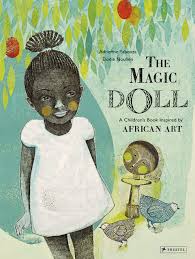
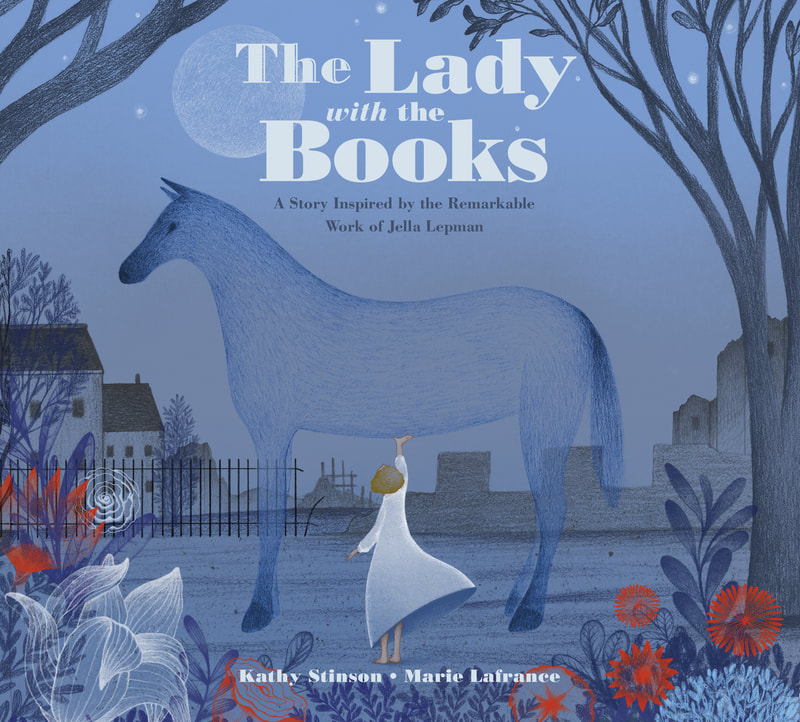
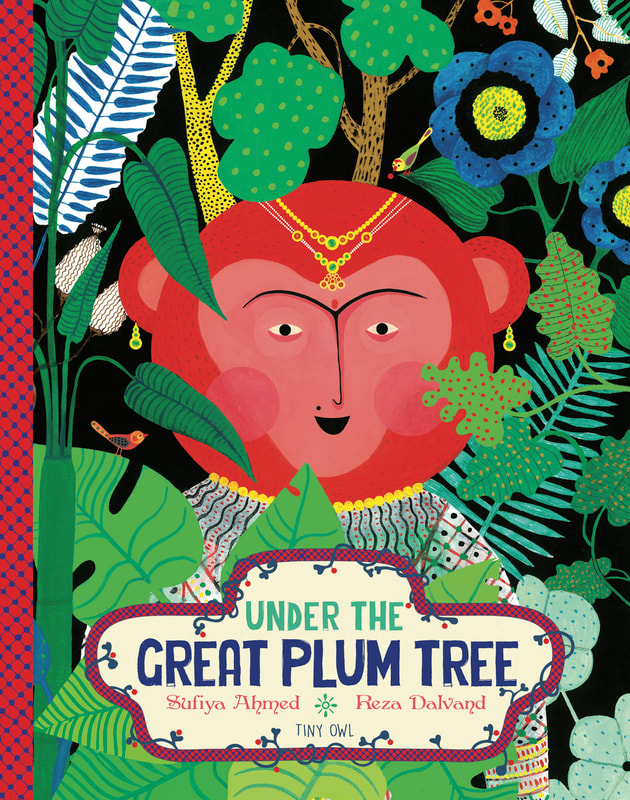
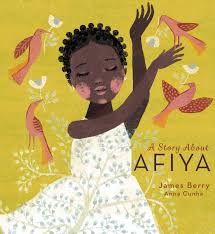
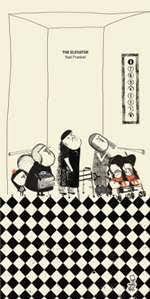
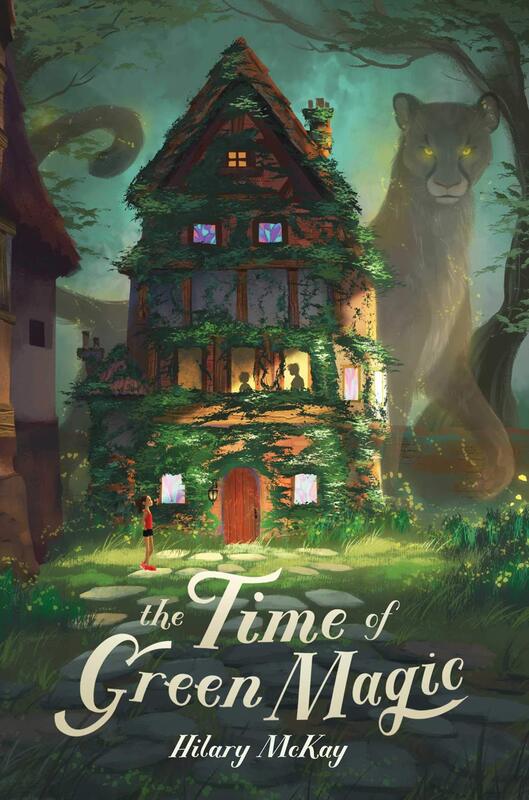
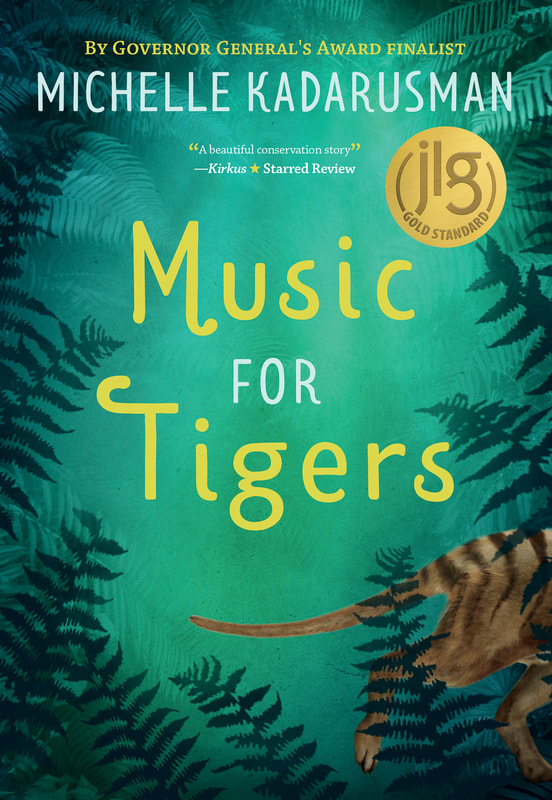
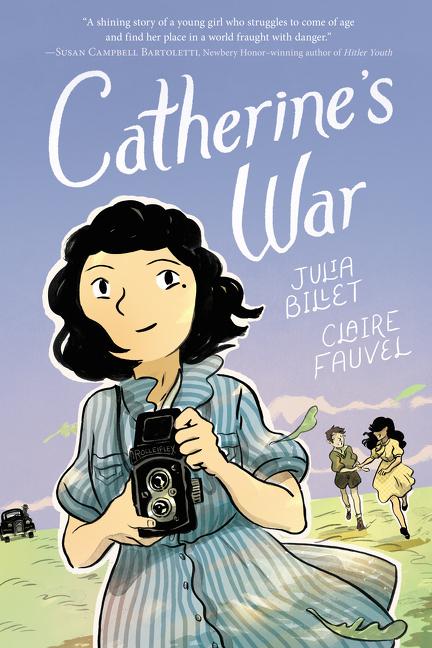
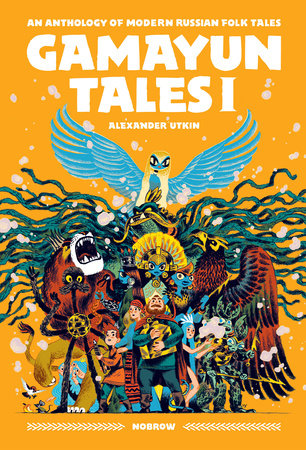
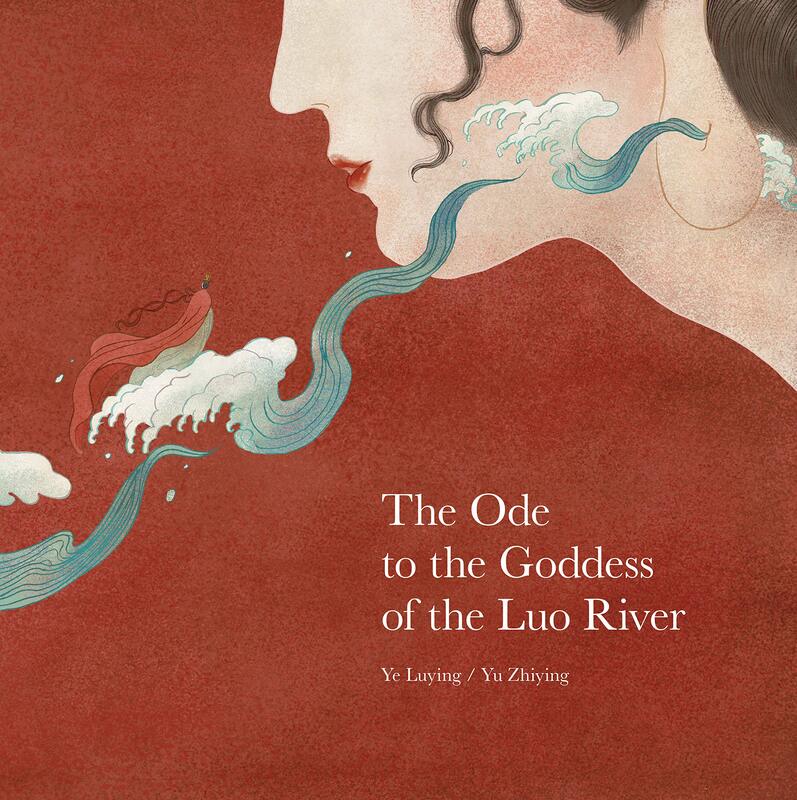
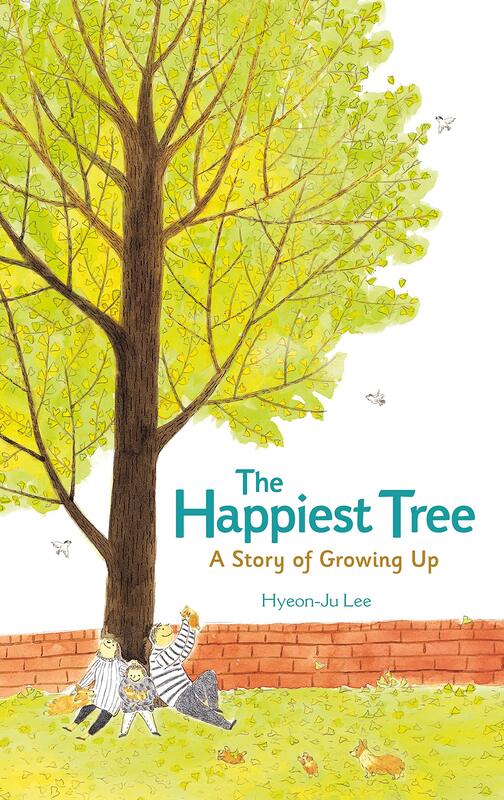
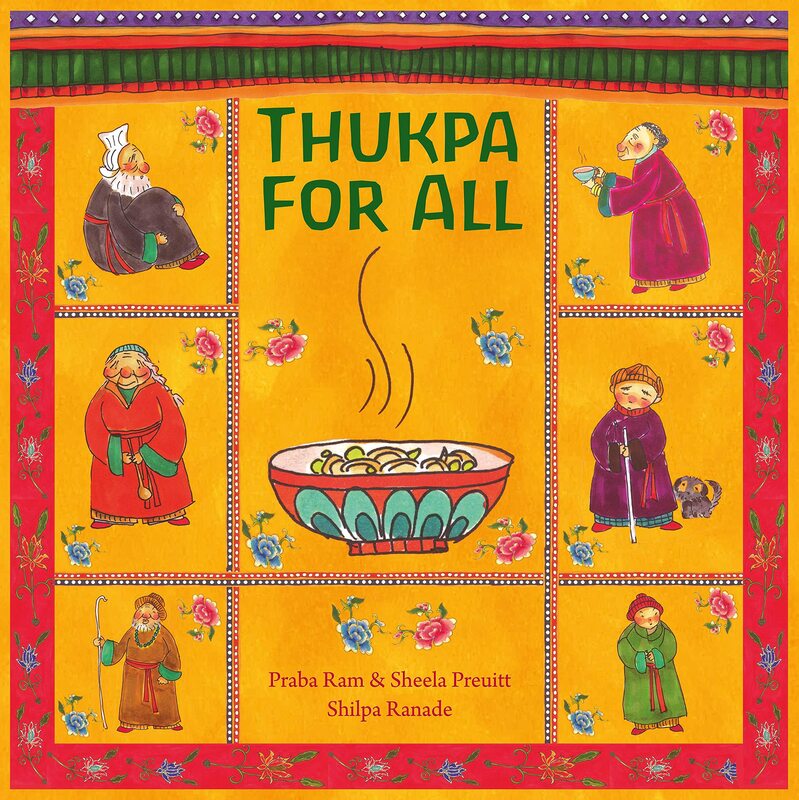
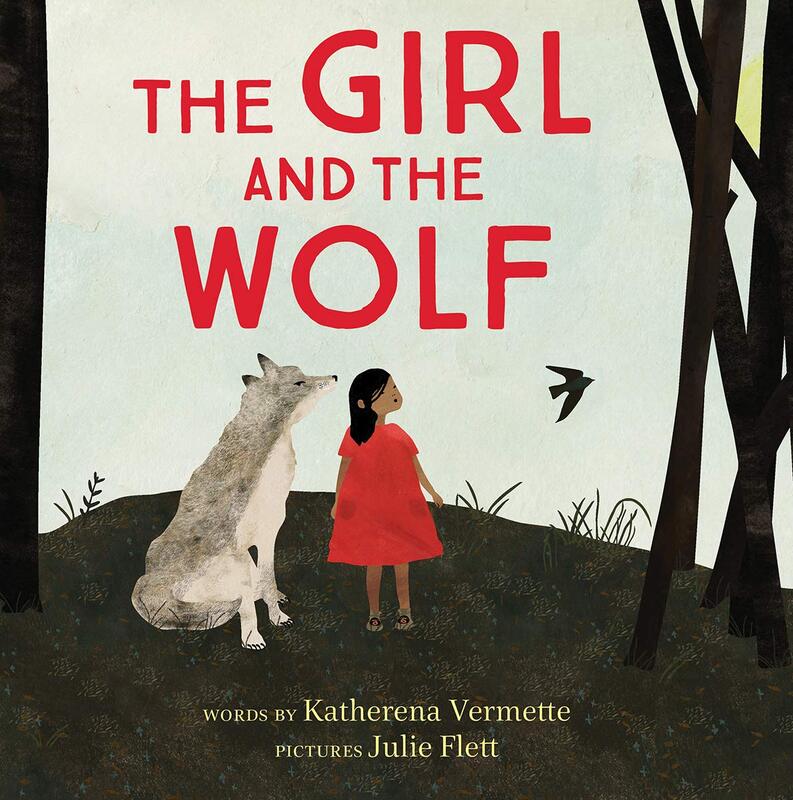
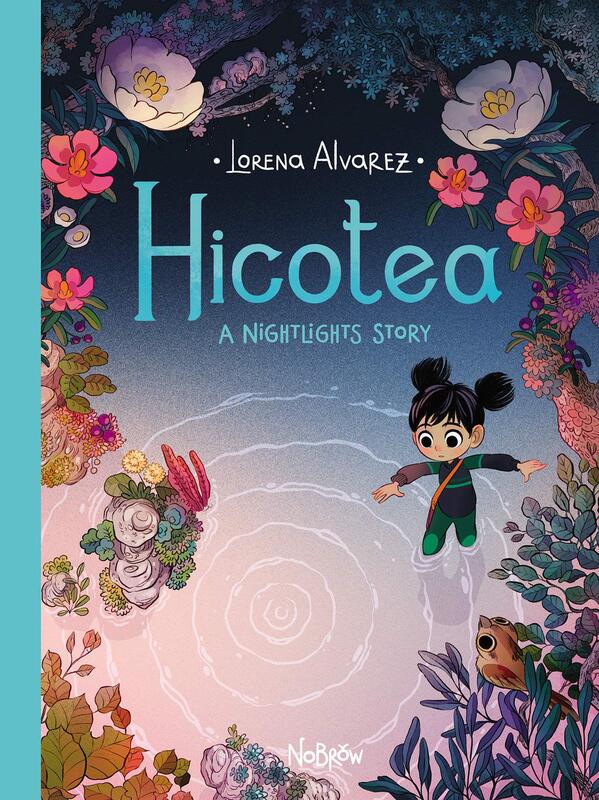
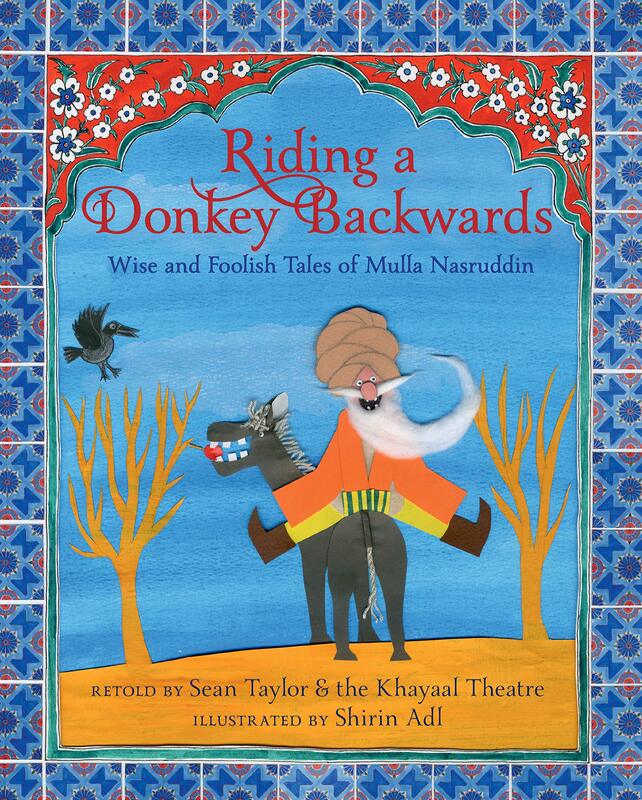
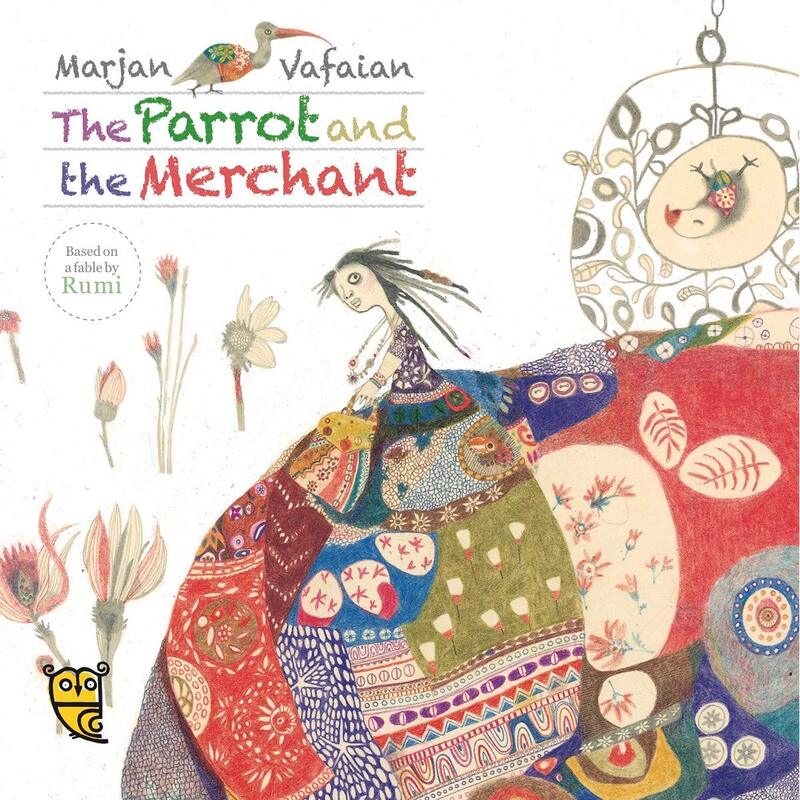
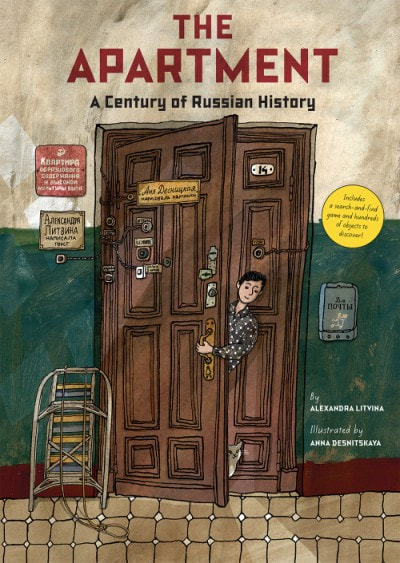
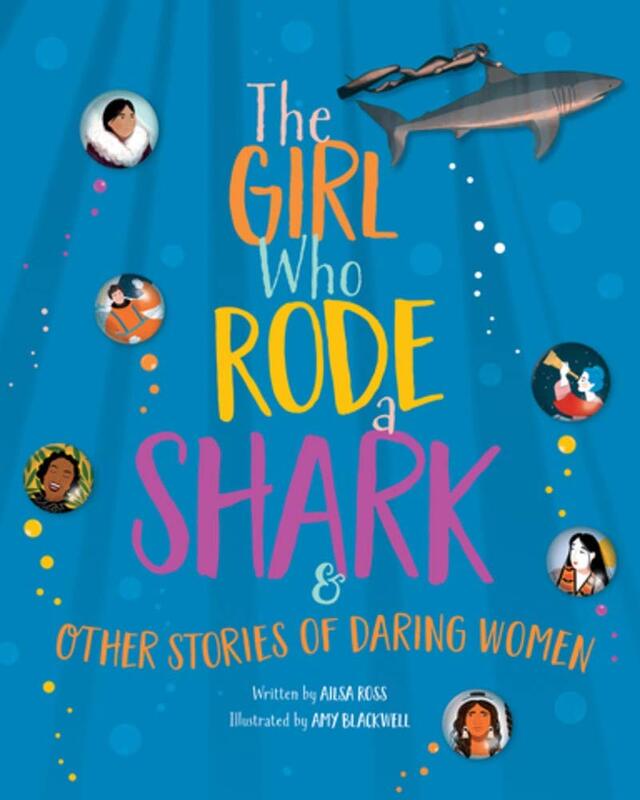
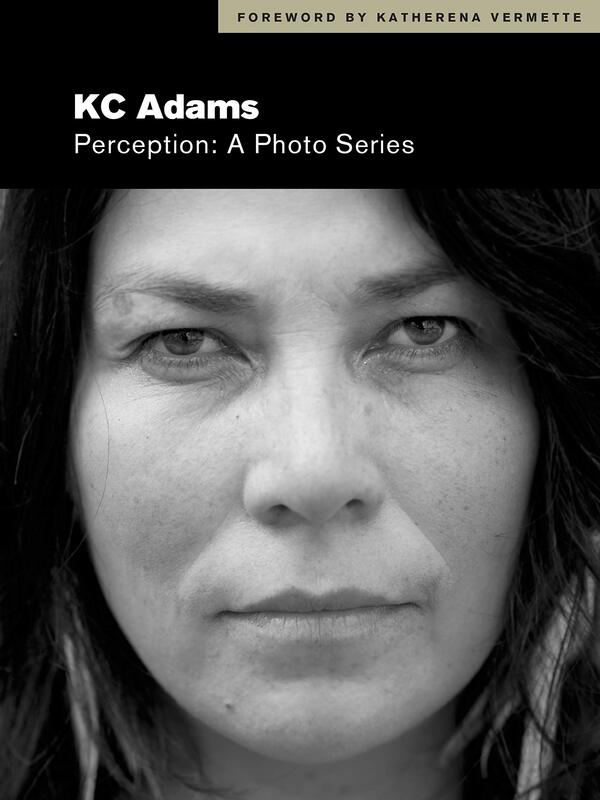
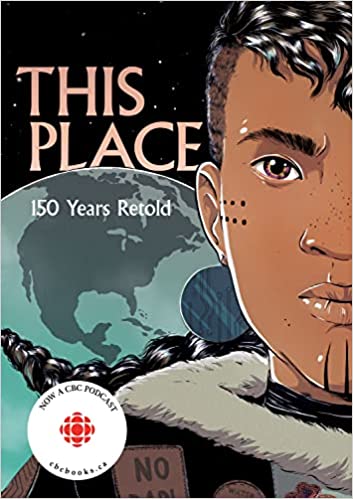
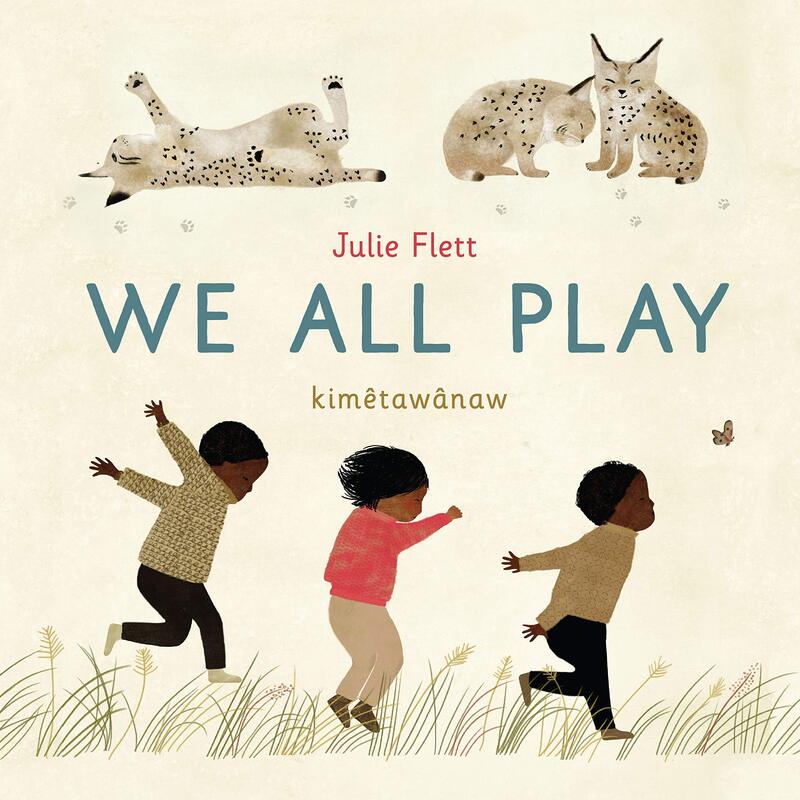
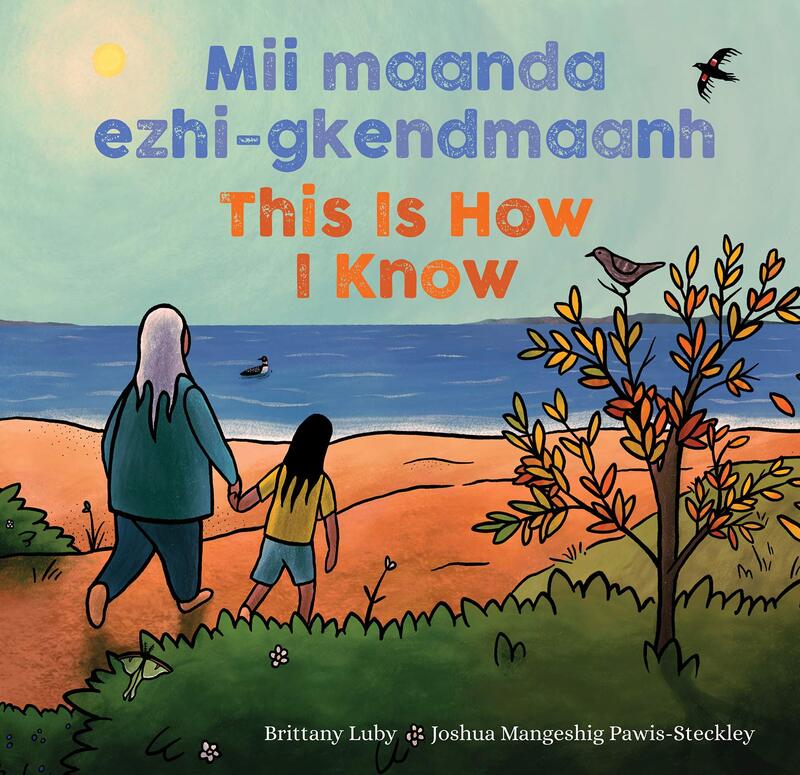
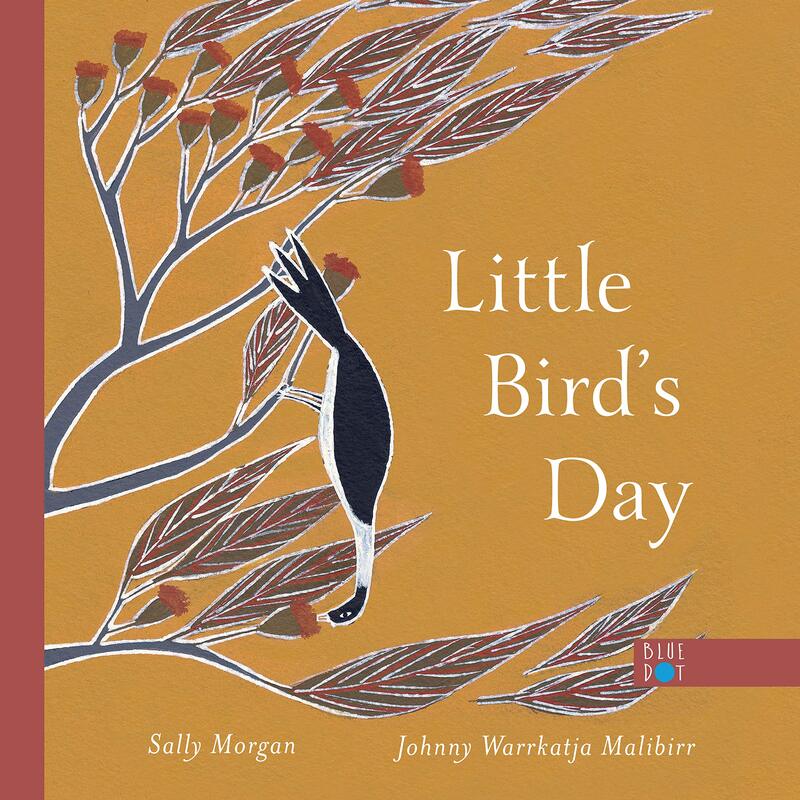
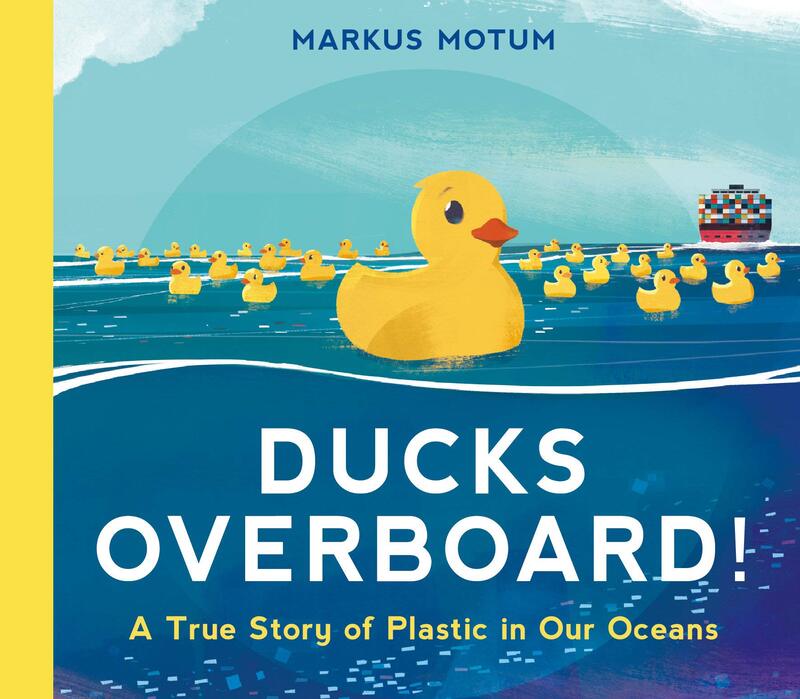
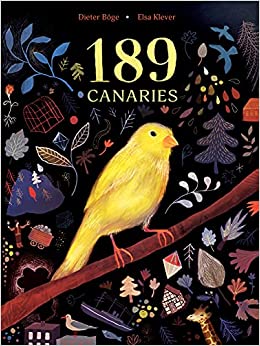
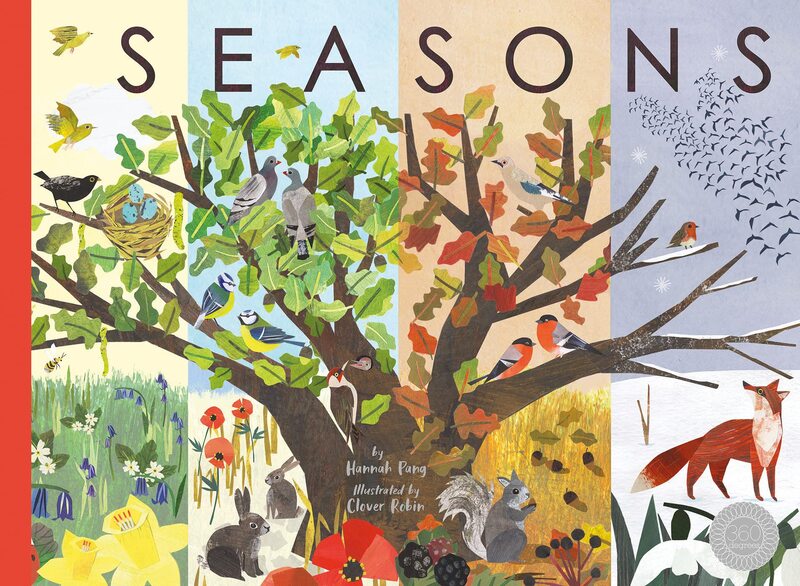
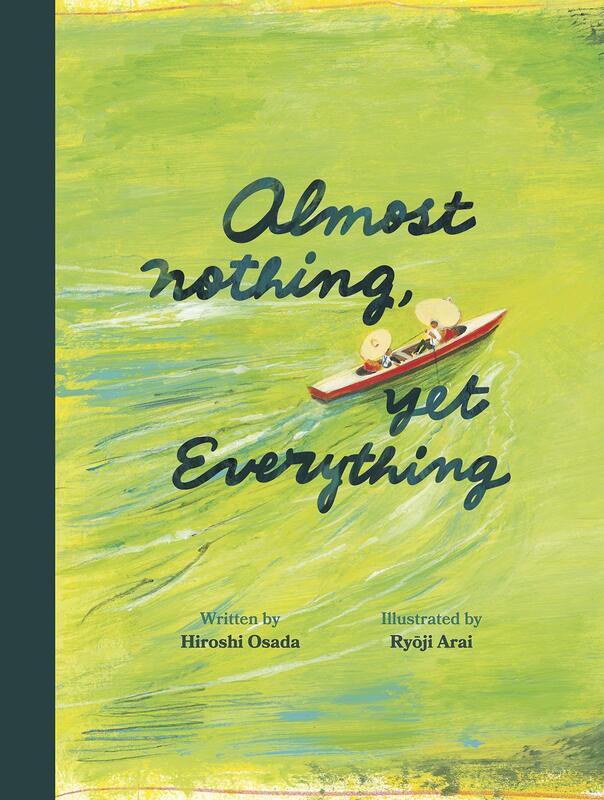
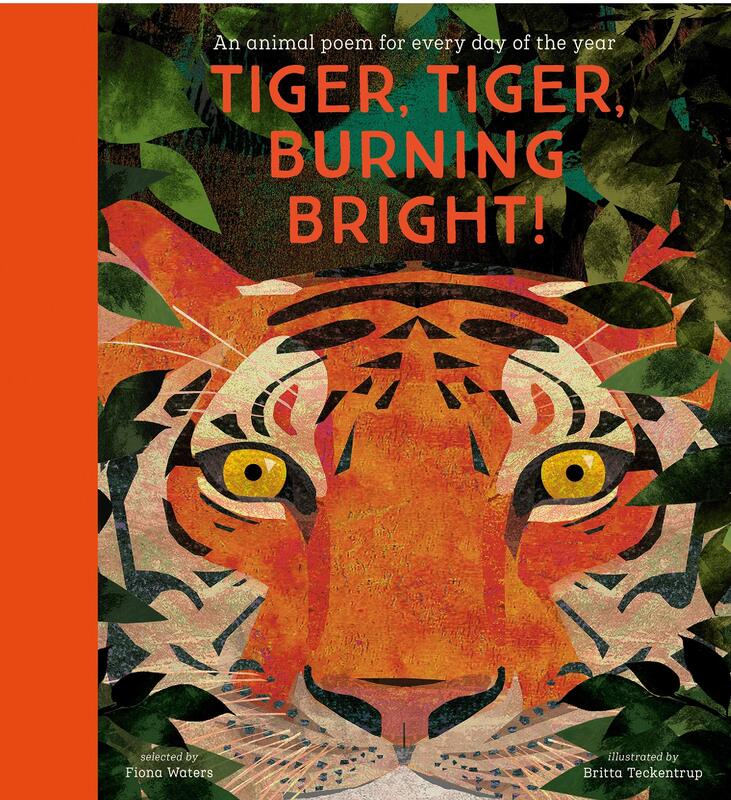
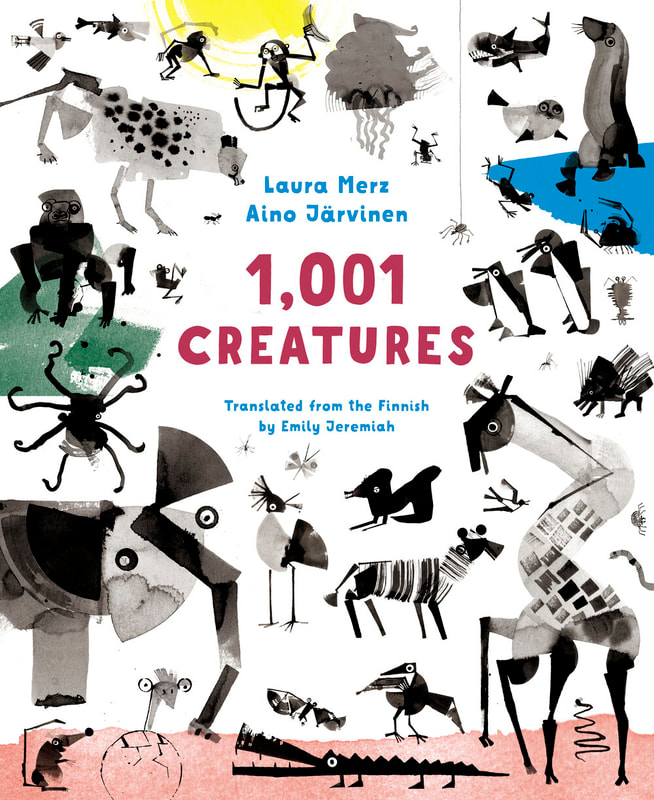
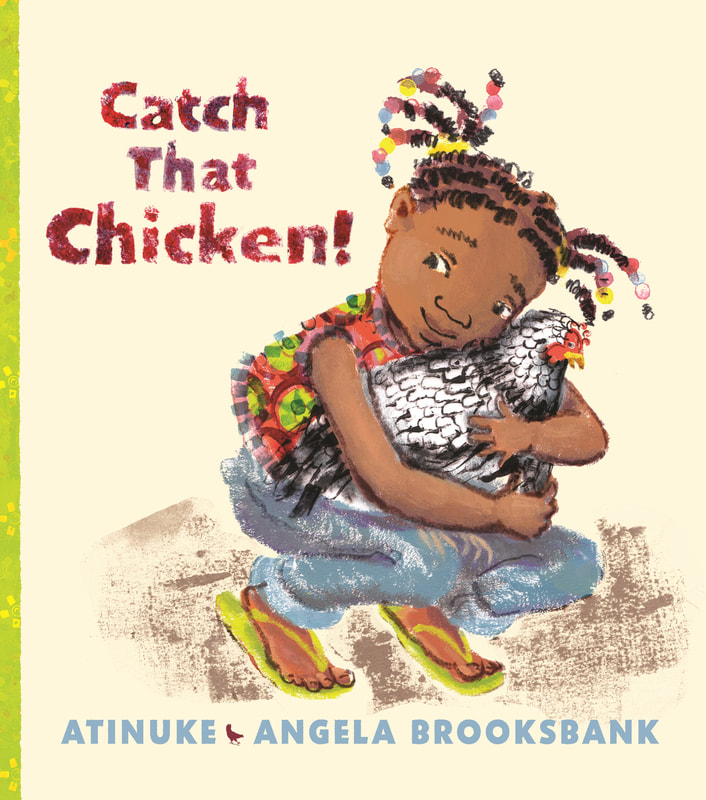
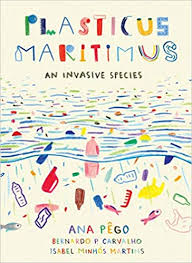
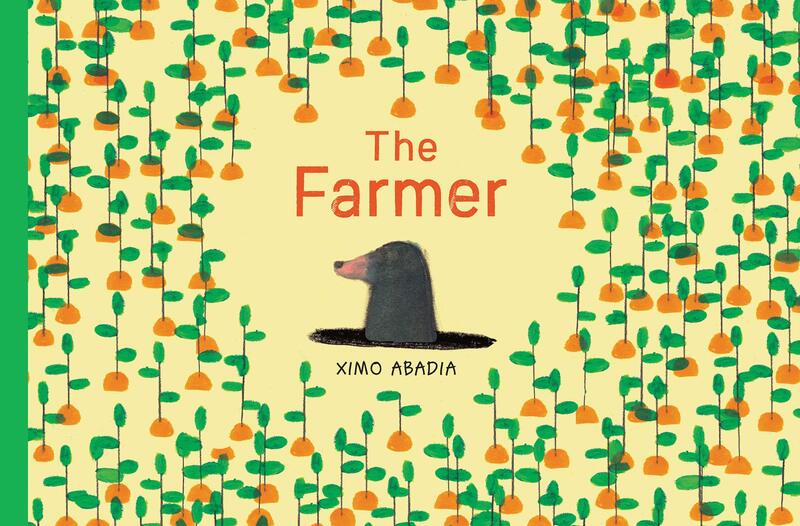
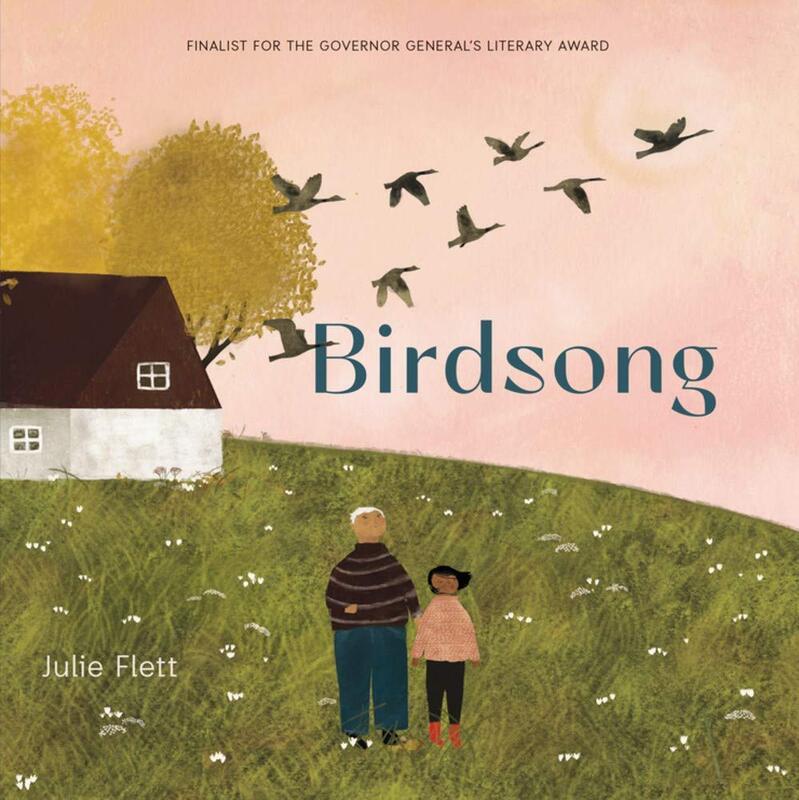
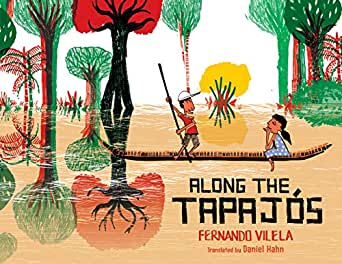
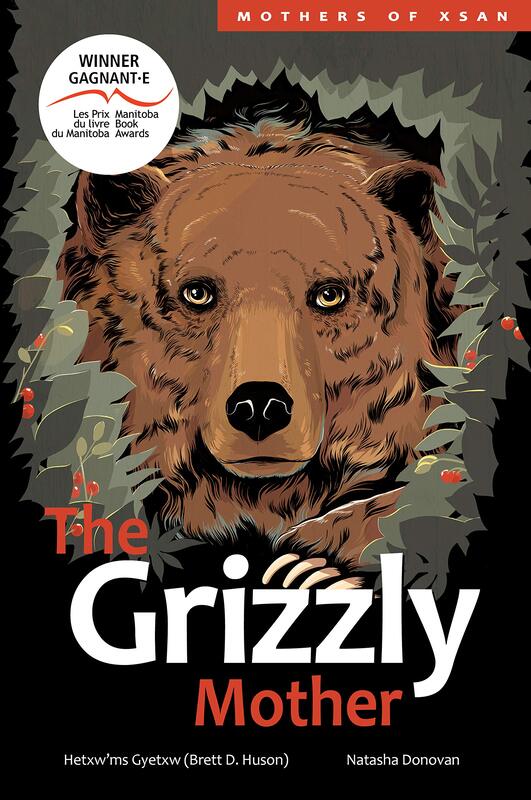
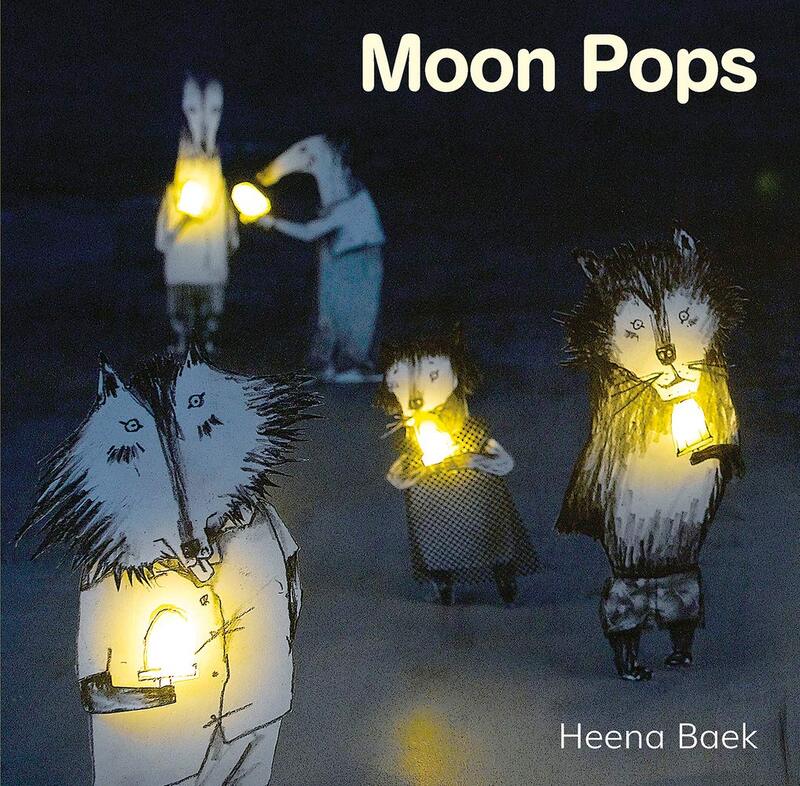
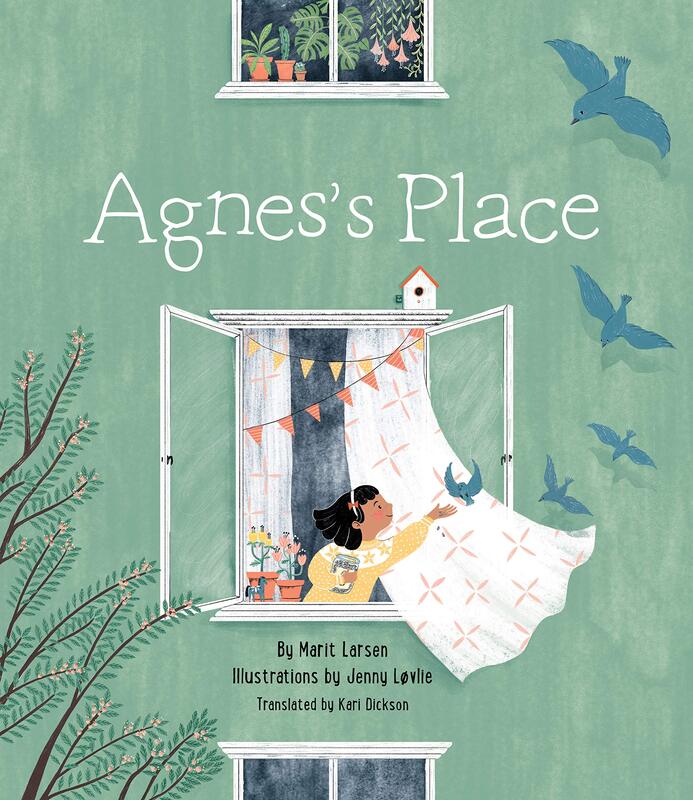
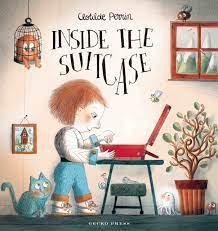
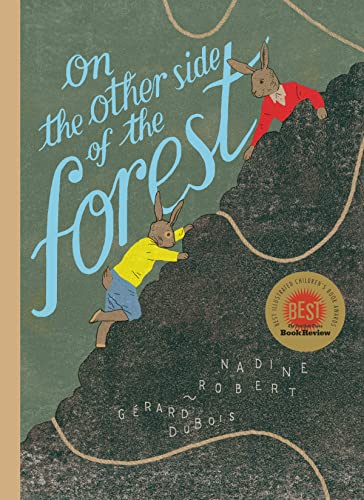
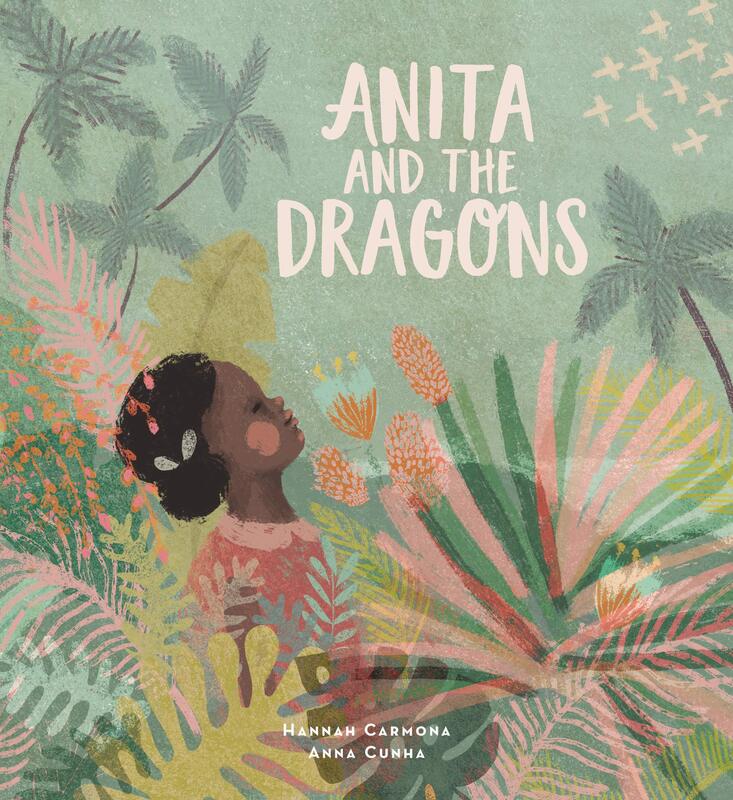
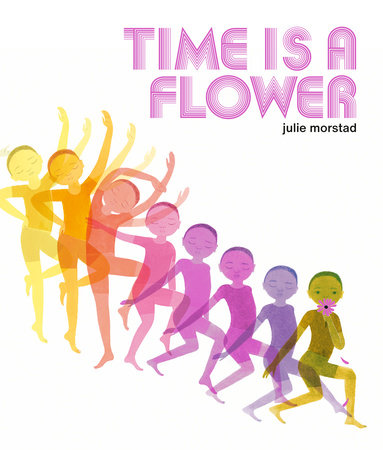
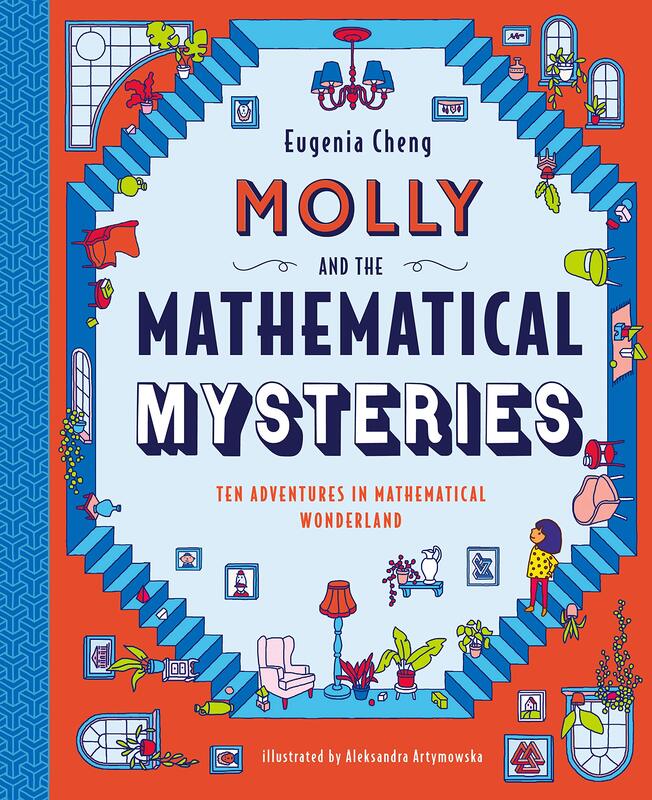
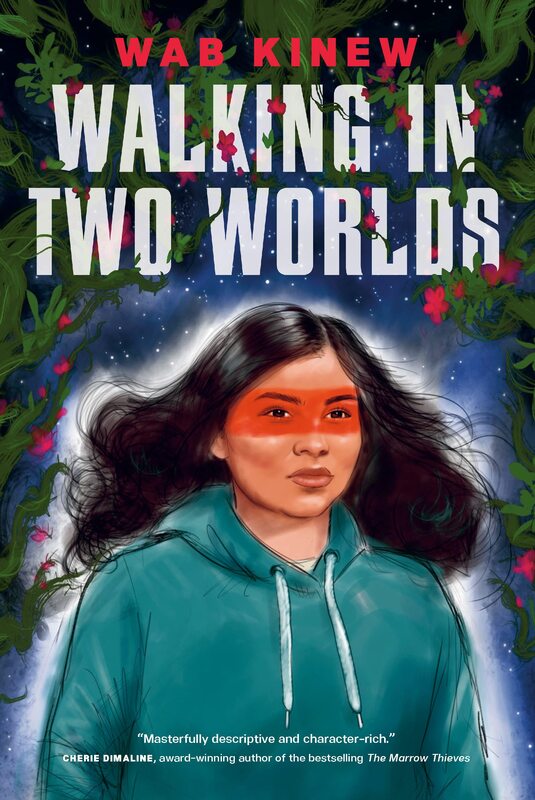
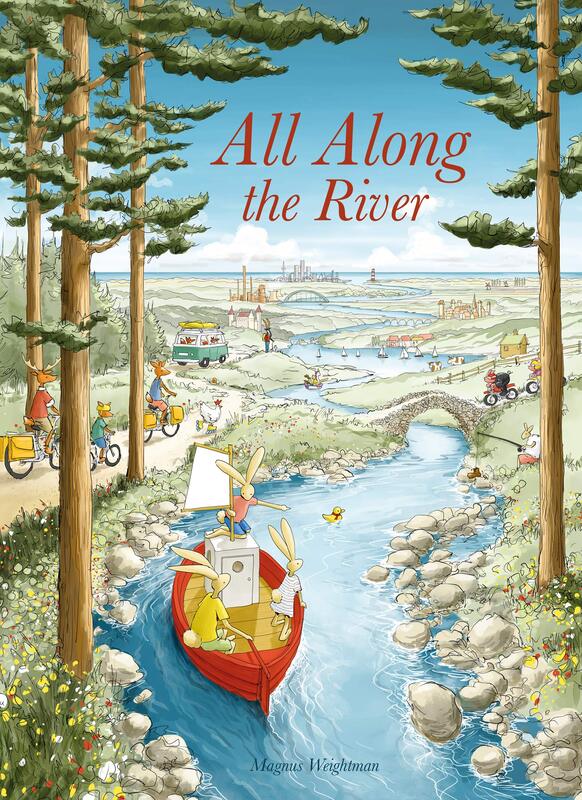
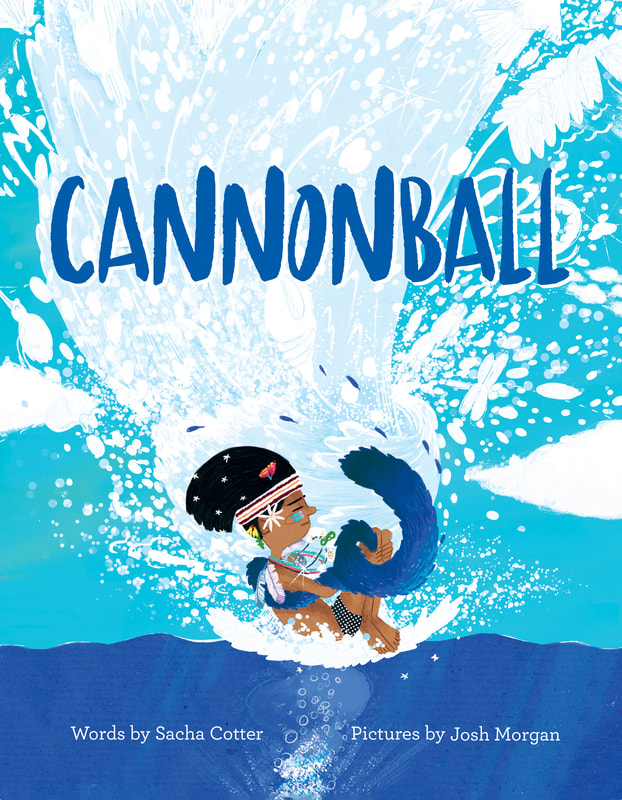
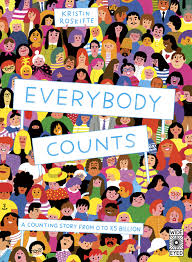
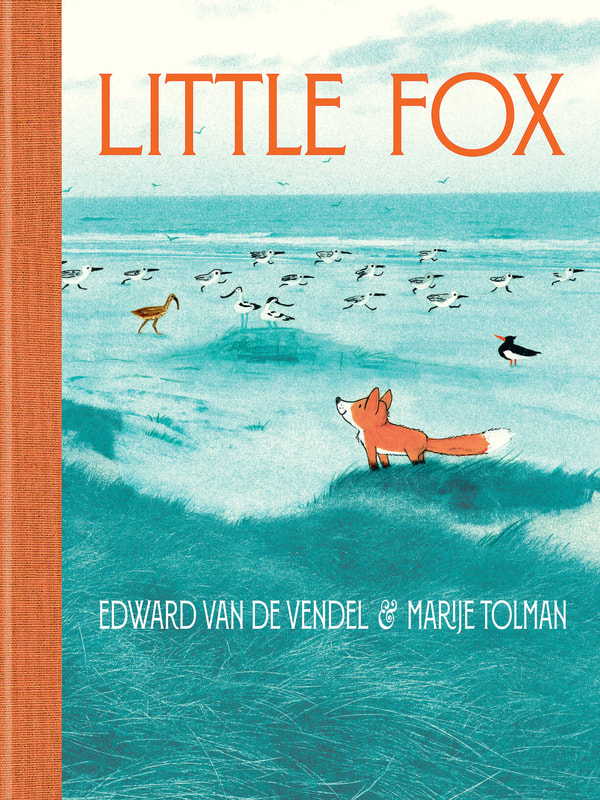
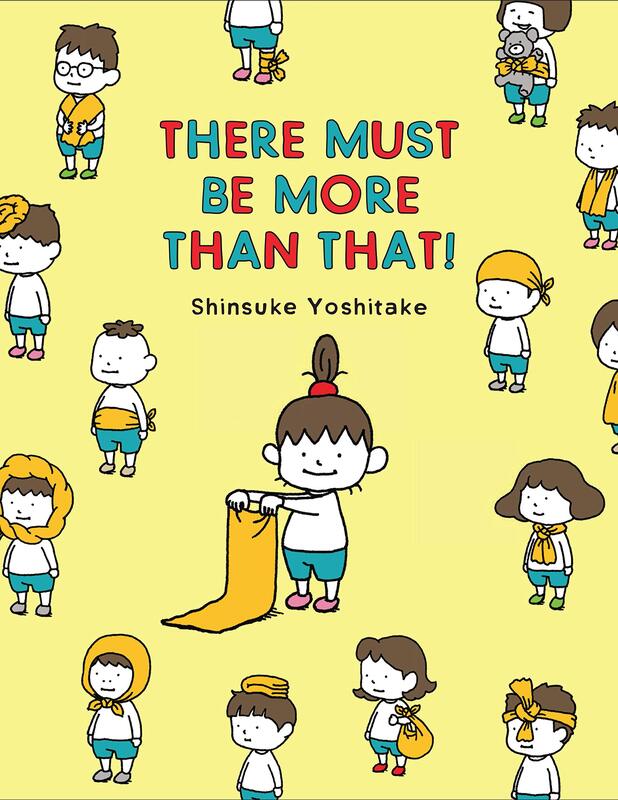
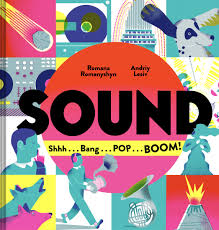
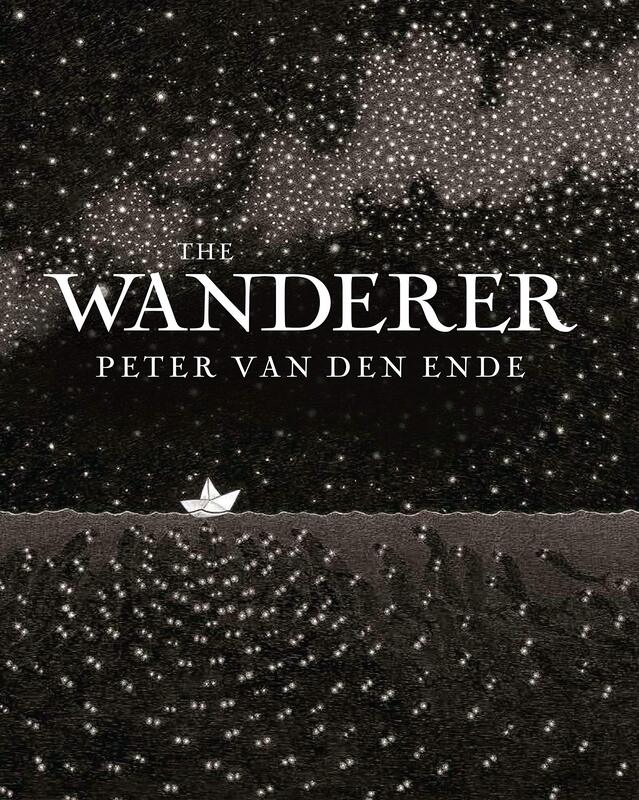
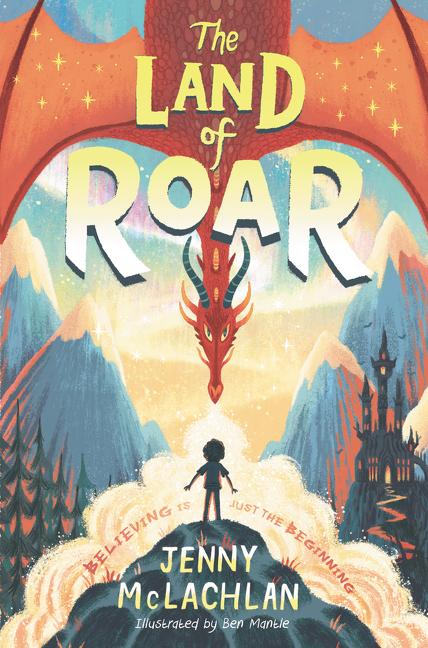
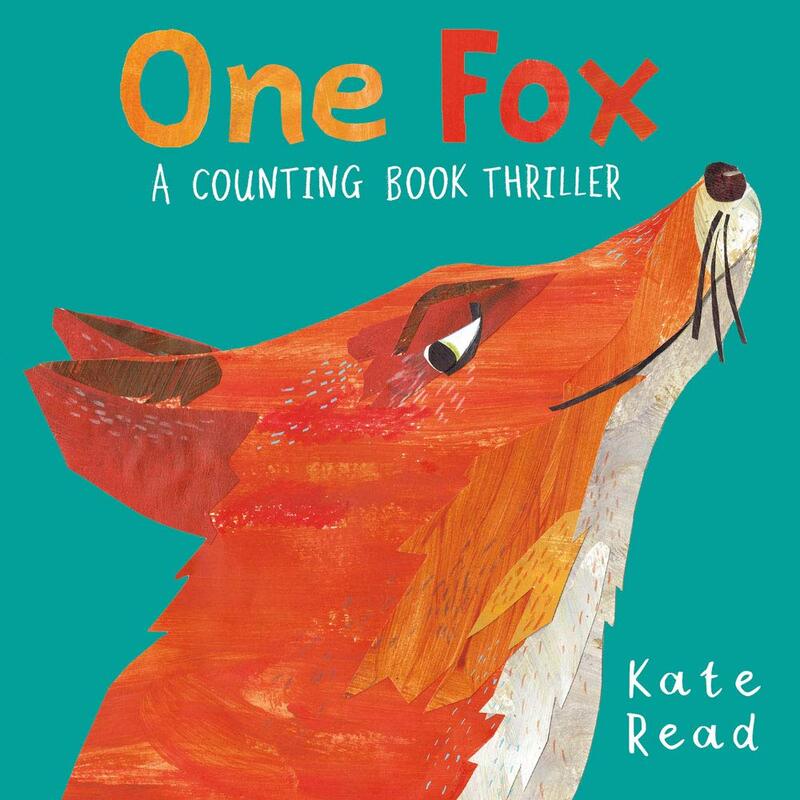
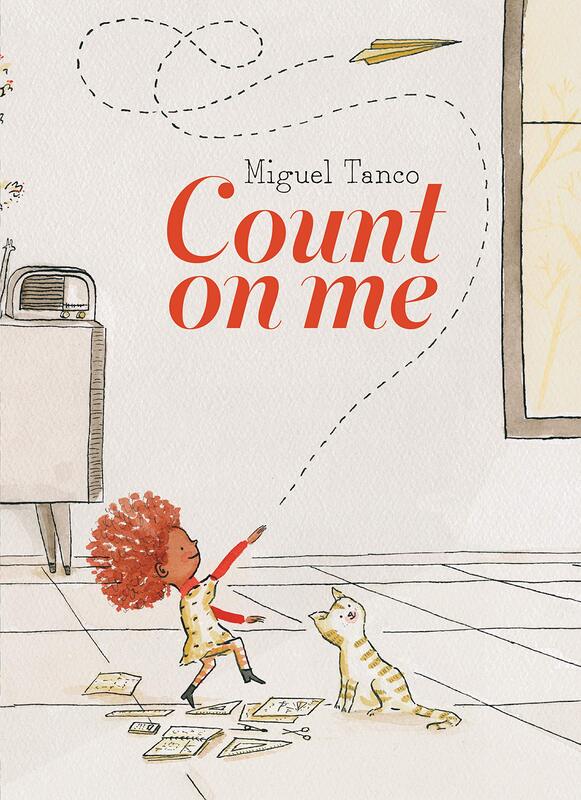
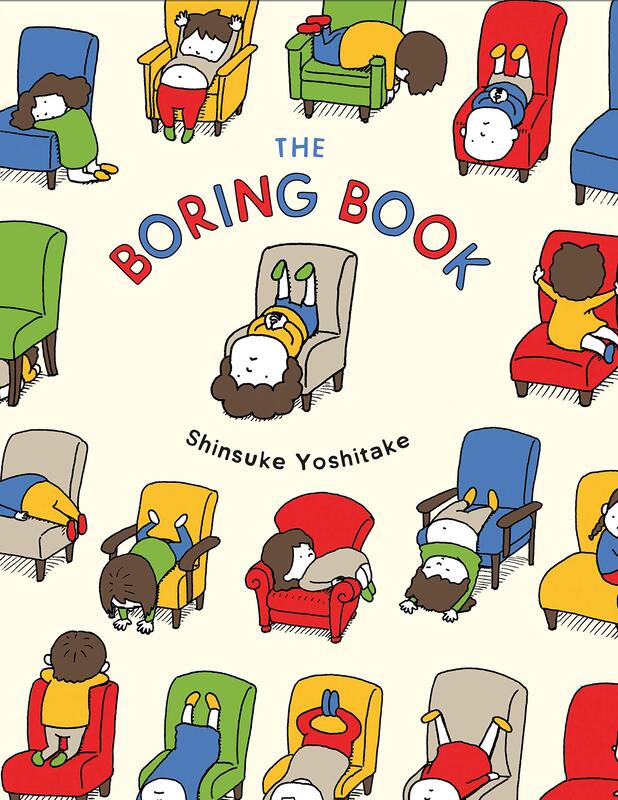
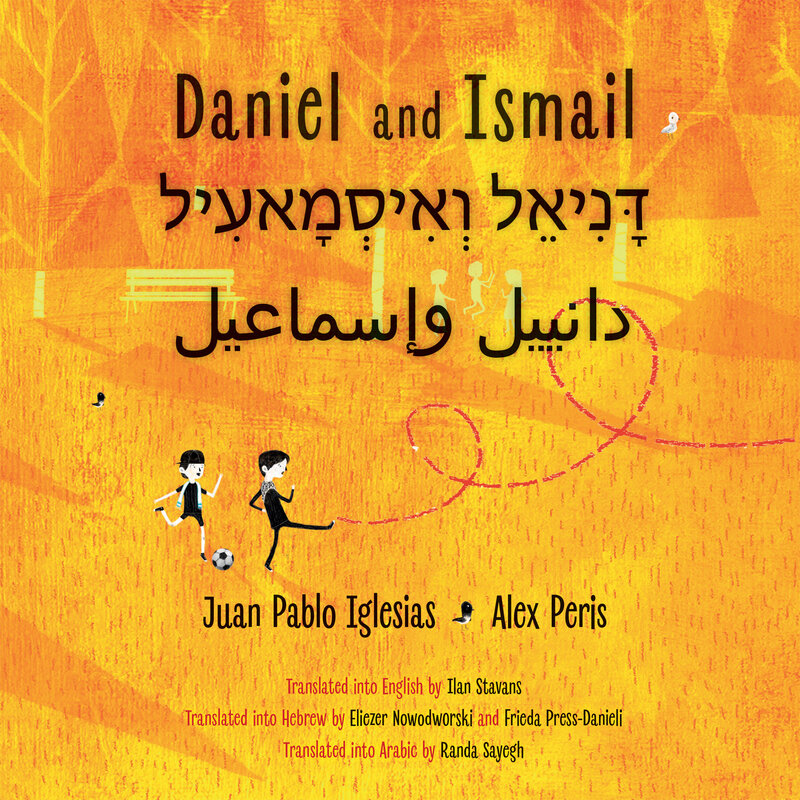
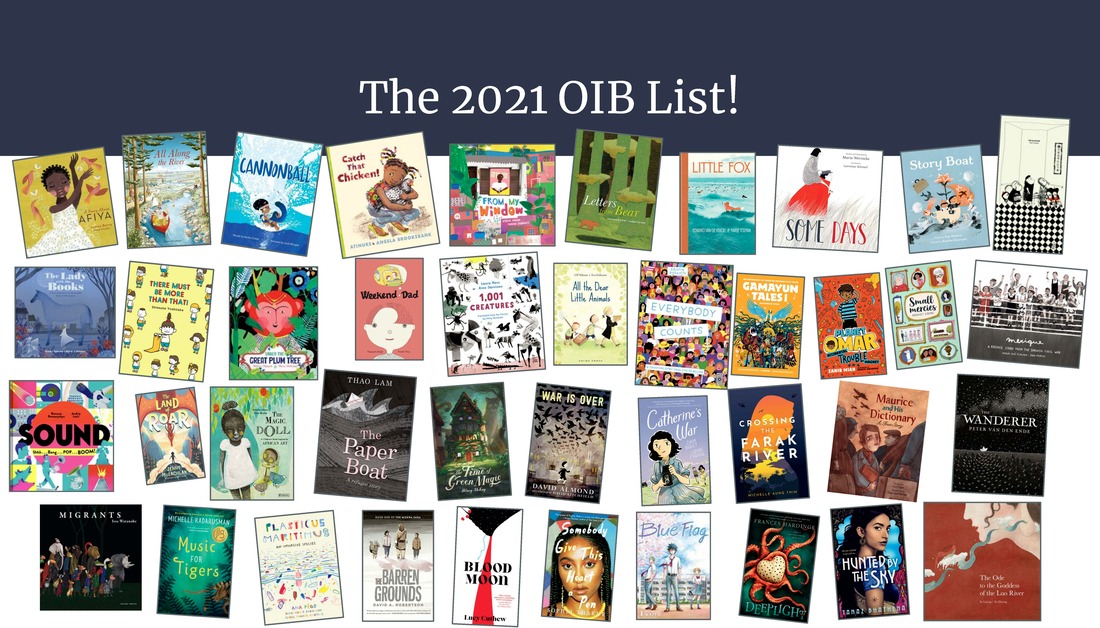
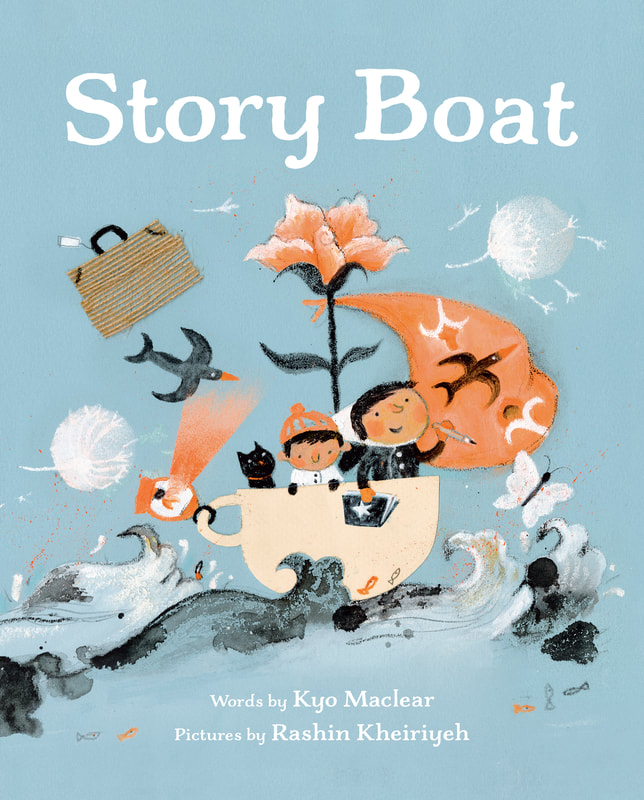
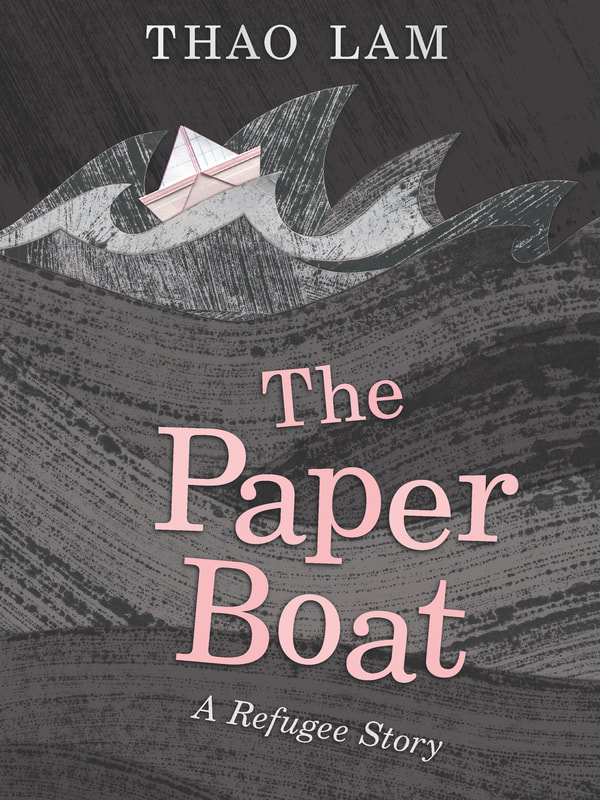
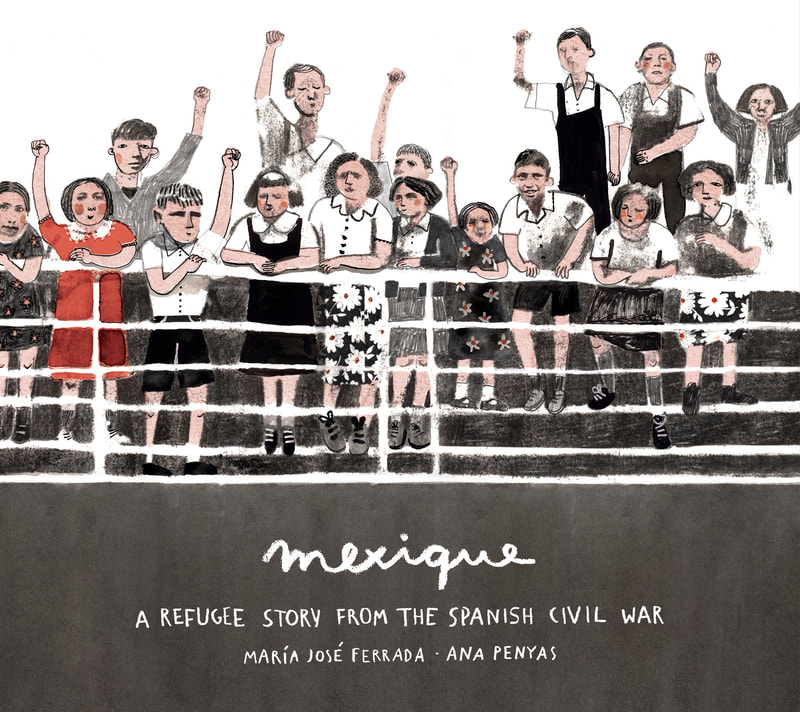
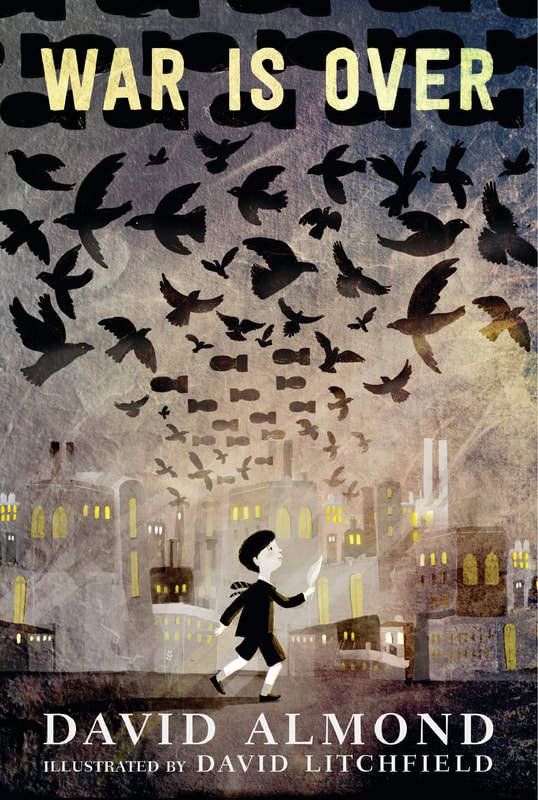
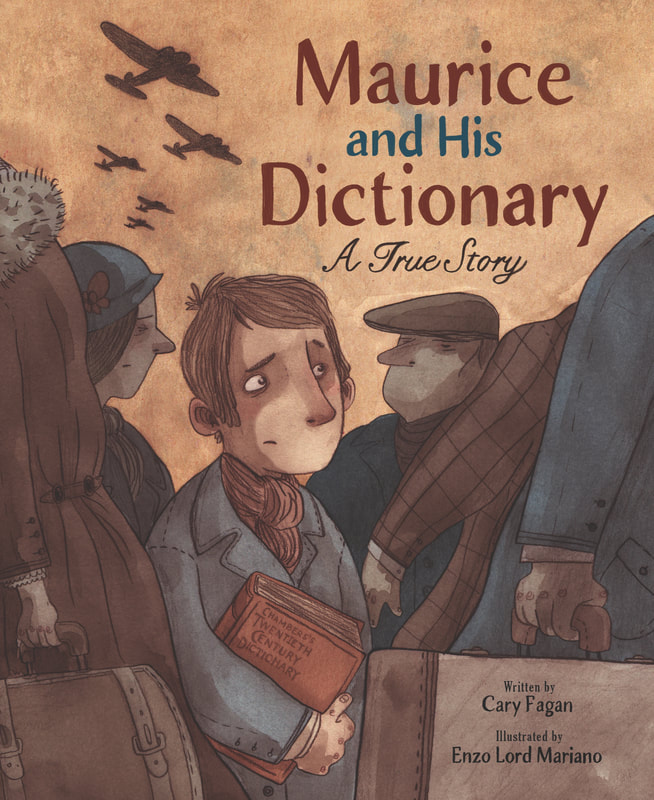
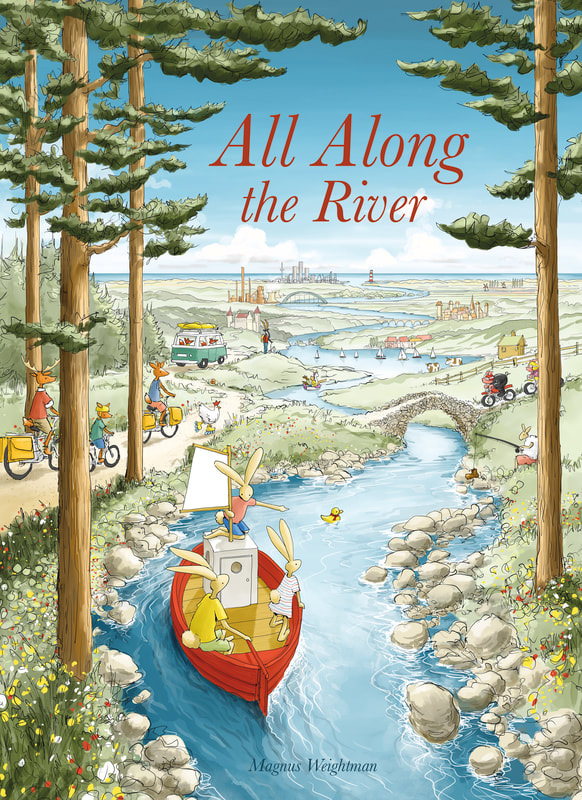
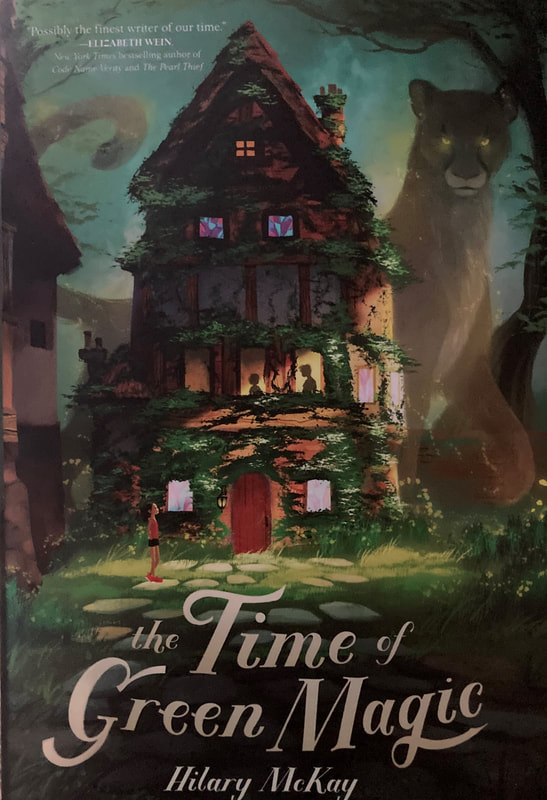
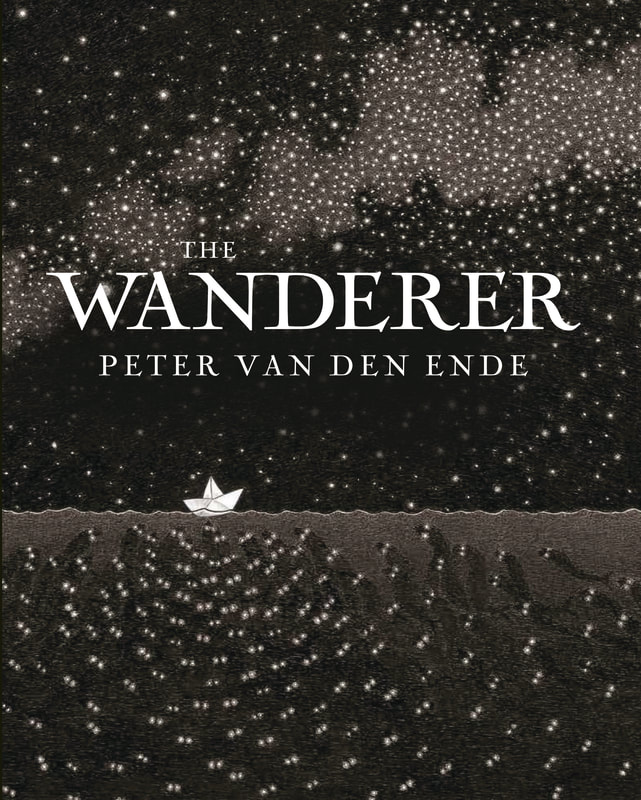
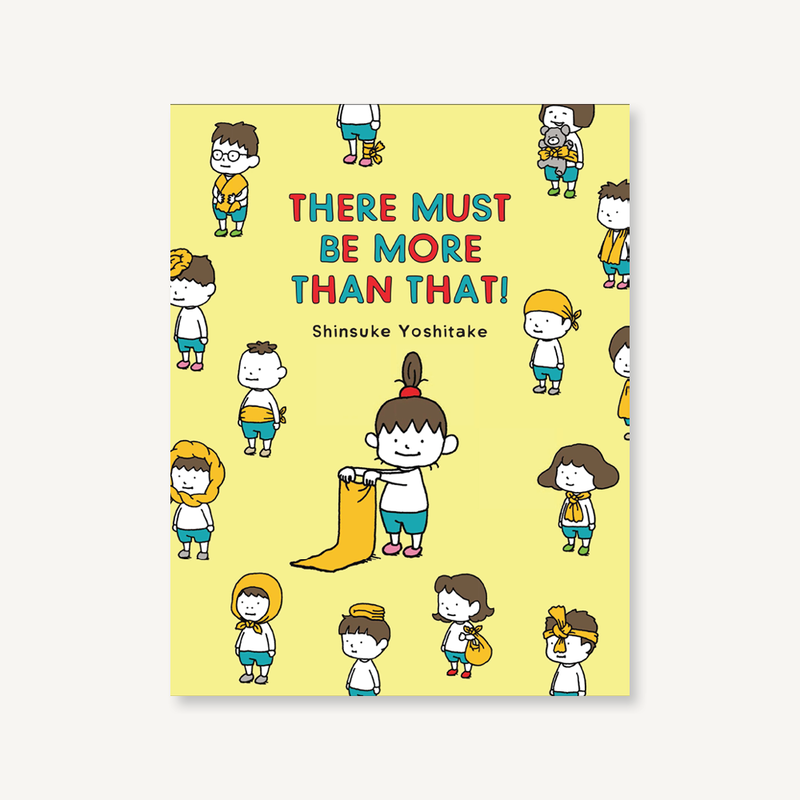
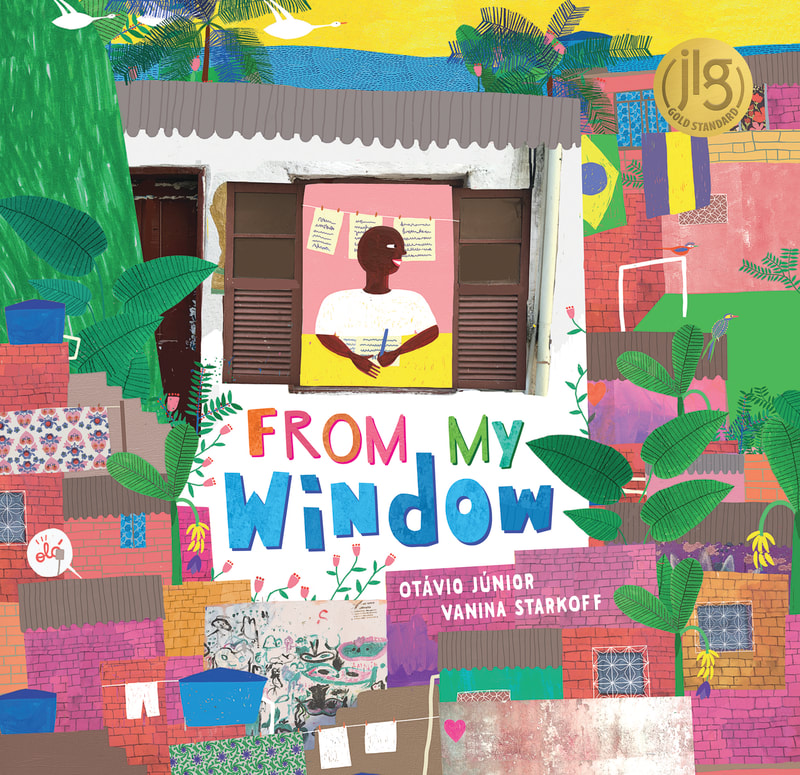
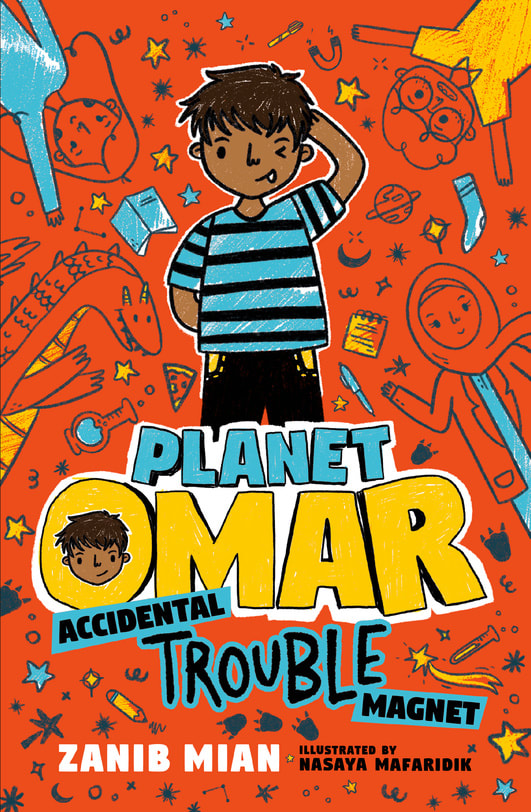
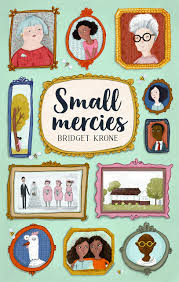
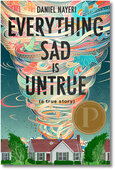
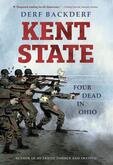
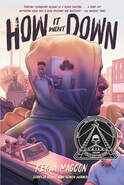
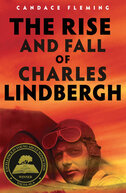
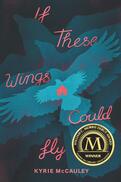
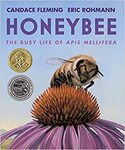
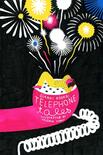
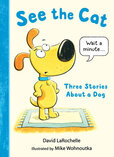
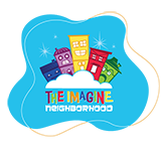
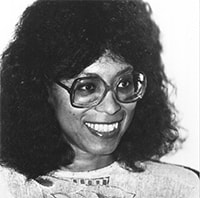
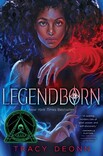
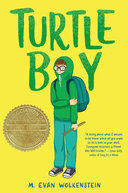
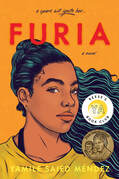
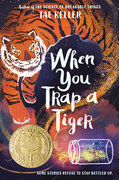
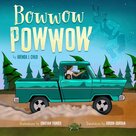
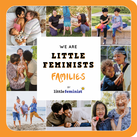
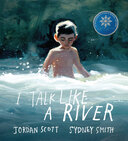
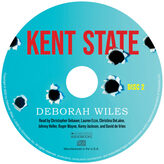

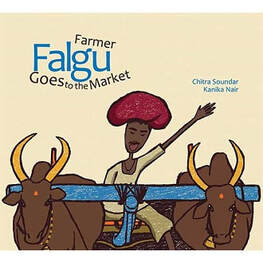
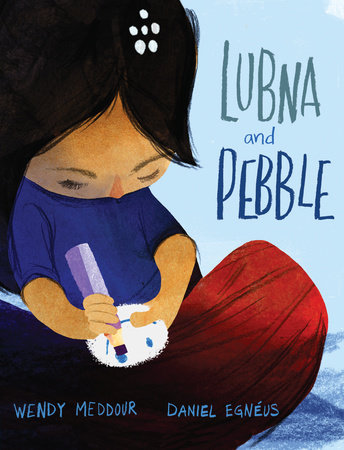
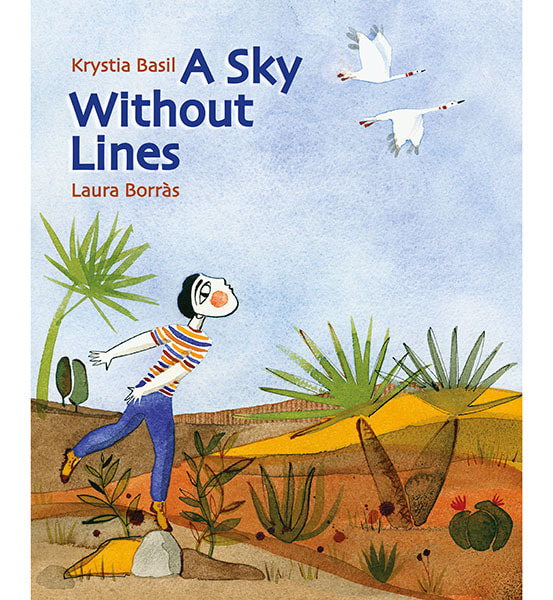
 RSS Feed
RSS Feed